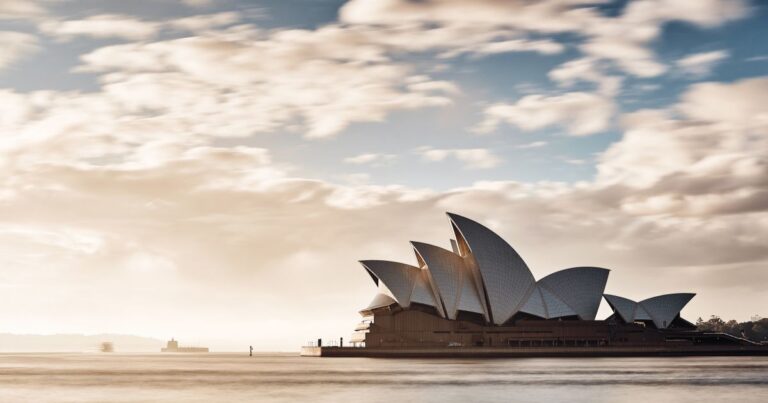Centrally-positioned suburb feels a little ‘frozen in time’, but offers decent practicality and dashes of greenery for enjoyable daily living.
Summary: Sitting in a location that positions it quite central to the majority of ‘everyday’ Sydney, Beverly Hills is a suburb that offers convenience and some unique dashes of character in return for a few elements that could do with a bit of a spit shine. This is a fairly well-equipped suburb with a couple of interesting quirks in terms of dining – including Americana-esque ‘diner’ style food – alongside traditional restaurants and a decent array of amenities, all dissected by some highly-trafficked major roads.
This leads to a streetscape of contrasts, with surprisingly leafy and roomy residential streets that gradually fade away into busy and 80’s-Sydney-style amenity strips that are functional, if not exactly pretty. Where exactly you live within the suburb itself thus becomes fairly important, with ambient traffic noise an annoyance in some areas and a near-complete non-factor in others. Add in easy major arterial road access – albeit with typical Sydney traffic problems – handy train connectivity, a surprisingly extensive array of cute parks both little and large, plentiful schools, and this is a pretty eclectic suburb with both highs and lows on offer.
Key stats
Region: Western Suburbs
Population: 11,000
Postcode: 2209
Ethnic Breakdown: Chinese 26.5%, English 10.5%, Australian 10.4%, Greek 8.5%, Italian 4.4%
Time to CBD (Public Transport): 25 minutes
Time to CBD (Driving): 35 minutes
Nearest Train Station: Beverly Hills
Highlights/attractions: Distinct dining, parks & reserves
Ideal for: Professionals, families
There are two main ways to look at the offerings and streetscape of a suburb like Beverly Hills that will likely depend on how much of a glass-half-full or half-empty type person you are.
Optimists might say that its array of mostly unchanged, postwar period-era Sydney homes and largely ungentrified main retail and dining strip are testaments to the rock-solid build quality that was commonplace back then, meaning that updates and changes were never needed… and that it escapes much of the “blandification” of other suburbs that have had generic new apartment blocks and other cookie-cutter elements added in.
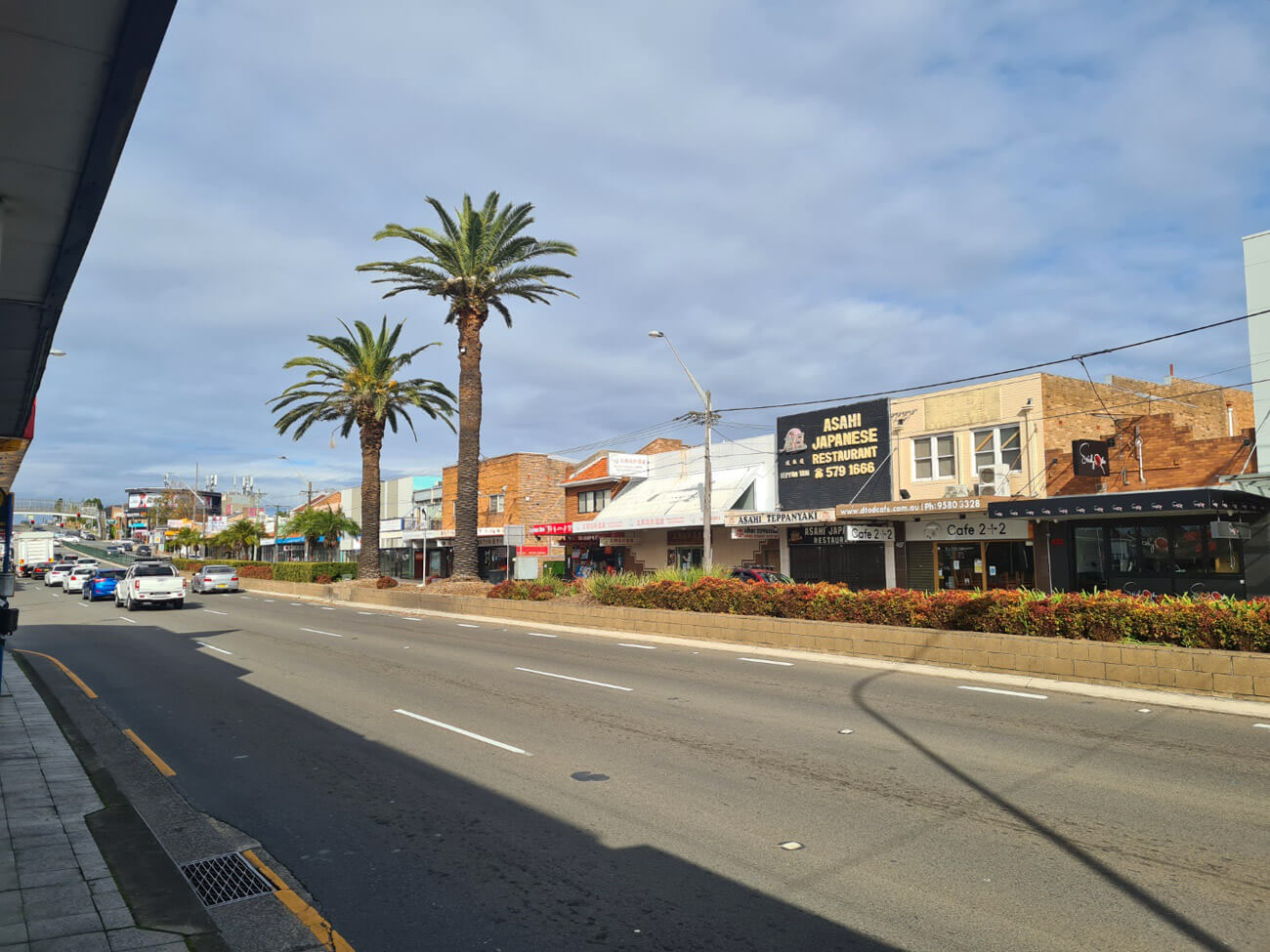
Pessimists would likely take the angle that much of the suburb simply feels ‘dated’; despite the occasional addition of a more modern storefront or restaurant here or there, it instead is a little unloved, with parts a bit rundown and gritty, and lacking in variety of housing options for those after more modern, high-density living.
As with nearly everything, the truth lies somewhere in the middle.
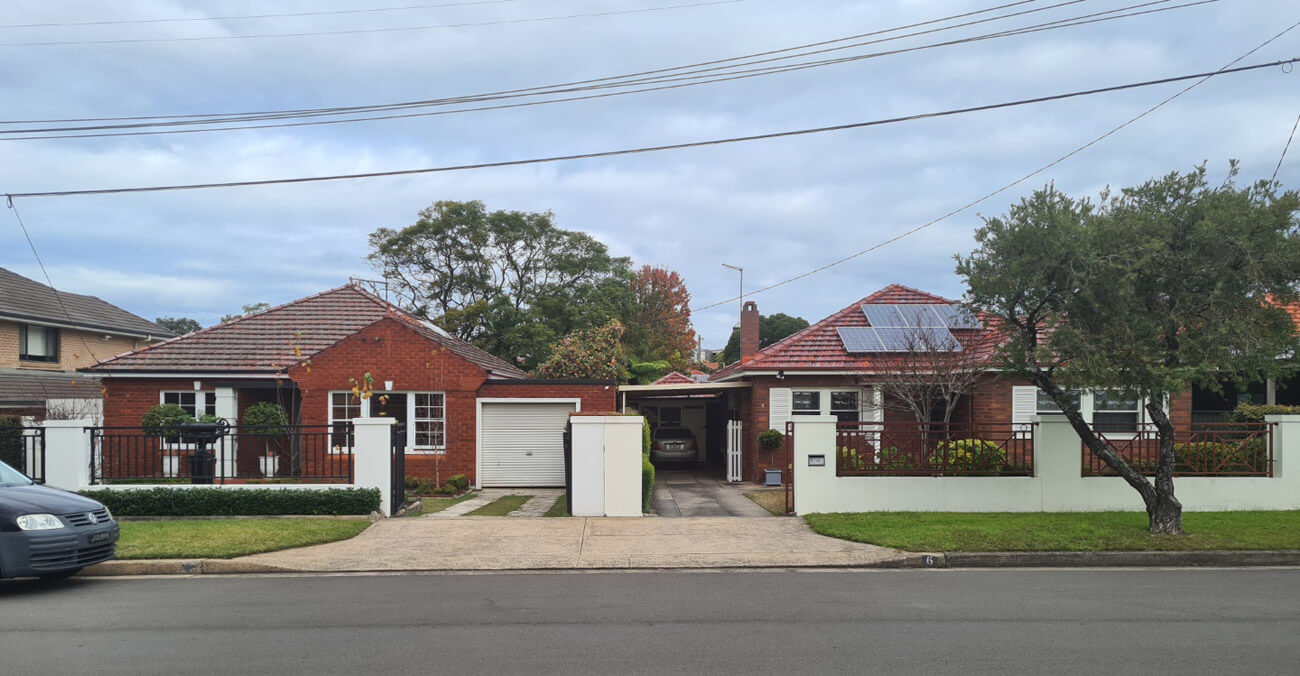
What is undeniable, however, is how practically Beverly Hills’ geographic location works in its favour in terms of accessibility.
This is a suburb that sits west but not-quite-too-west, south but not-quite-too south, and within decent enough striking distance of the east that really only the North Shore becomes a little painful to access within a reasonable timeframe.
The fact that it’s almost literally carved up by major roadways – while also offering a train station – certainly helps as well.
Both the freeway-level access provided by the M5 and the major north-south artery of King Georges Road are immediately accessible from Beverly Hills and provide a springboard to hotspots like the City and Parramatta in a (theoretical) journey of ~35 minutes, the Airport in under 15 minutes, or the beach at Maroubra in under half an hour.
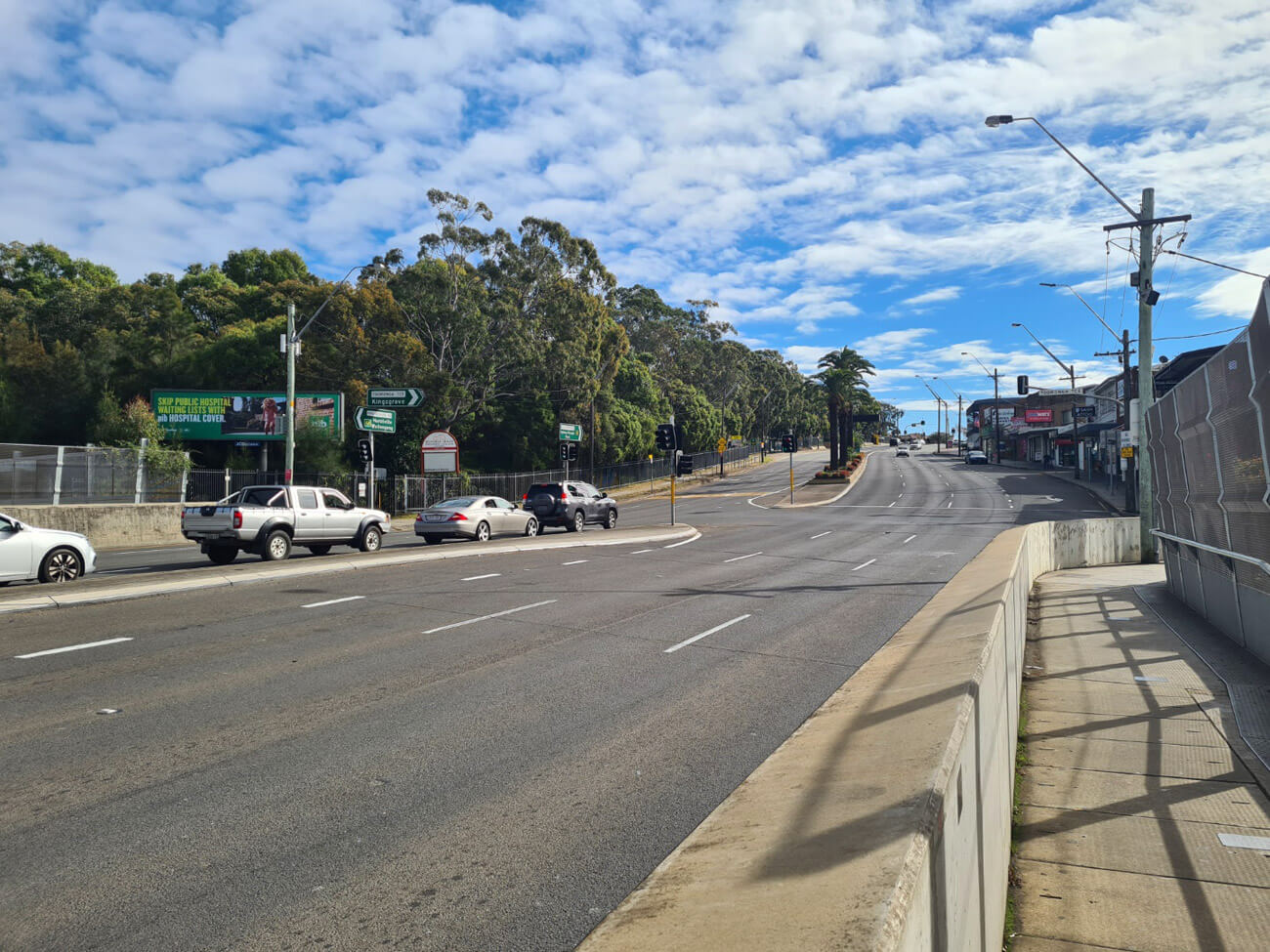
They’re also extremely heavily-trafficked roads, which comes into play not only from a congestion standpoint during peak commute times that blows these figures out, but also an ambient noise perspective.
While concrete noise barriers have been constructed to help mitigate some of this alongside the highway, there’s still a fairly constant drone of traffic at most hours which can affect properties close enough to these roads.
Given Beverly Hills’ layout, it’s something that makes the choice of where to live within a factor to consider for light sleepers and the noise-averse.
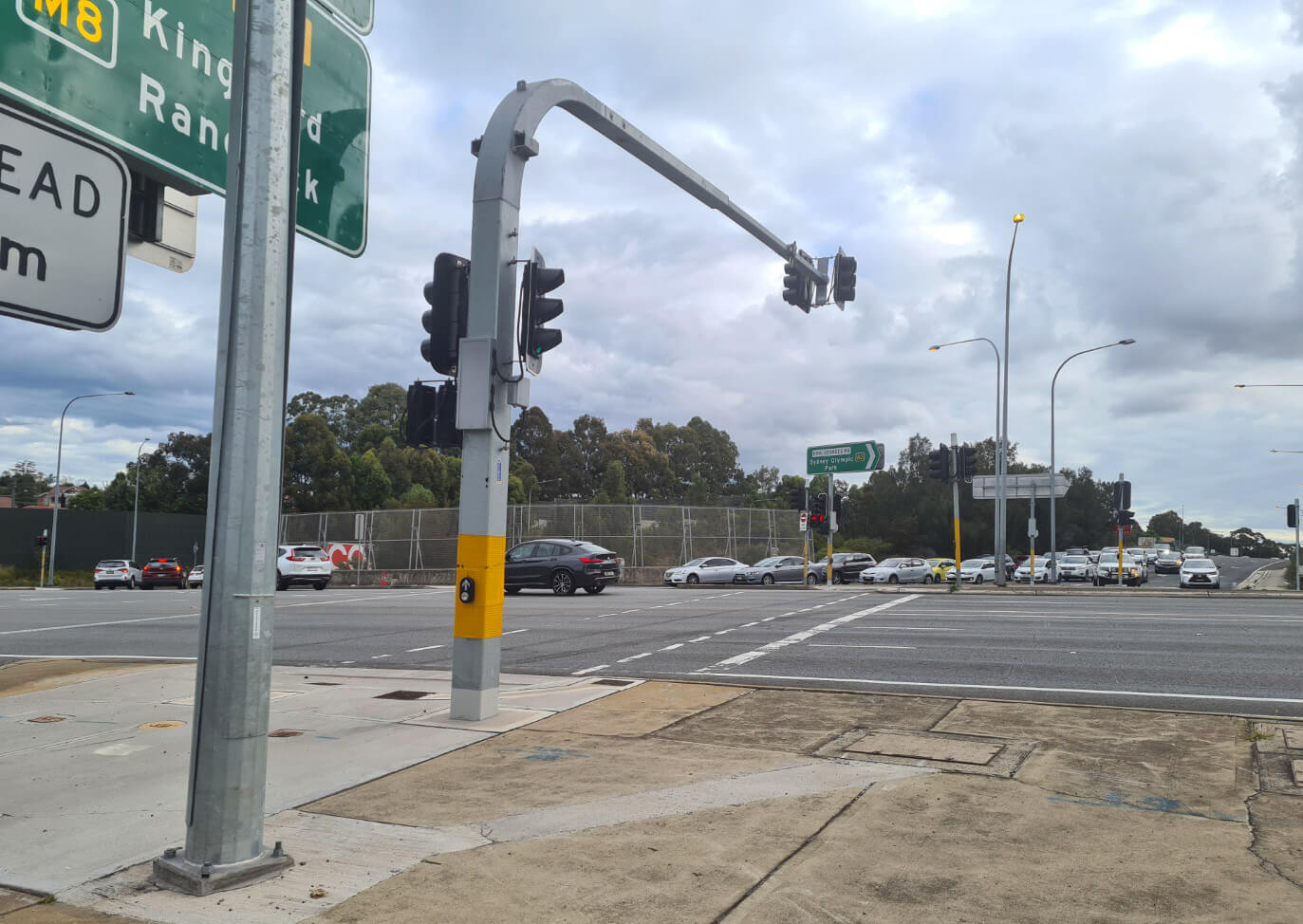
Beverly Hills’ train connectivity is certainly a positive point in its favour.
It runs on the T8 “Airport” line with around a ~25 minute journey into Central (transfer or walk from here to Town Hall etc.), and the obvious benefit of being able to access the Airport itself by rail, or transferring at Wolli Creek just over 10 minutes away for journeys elsewhere on additional lines.
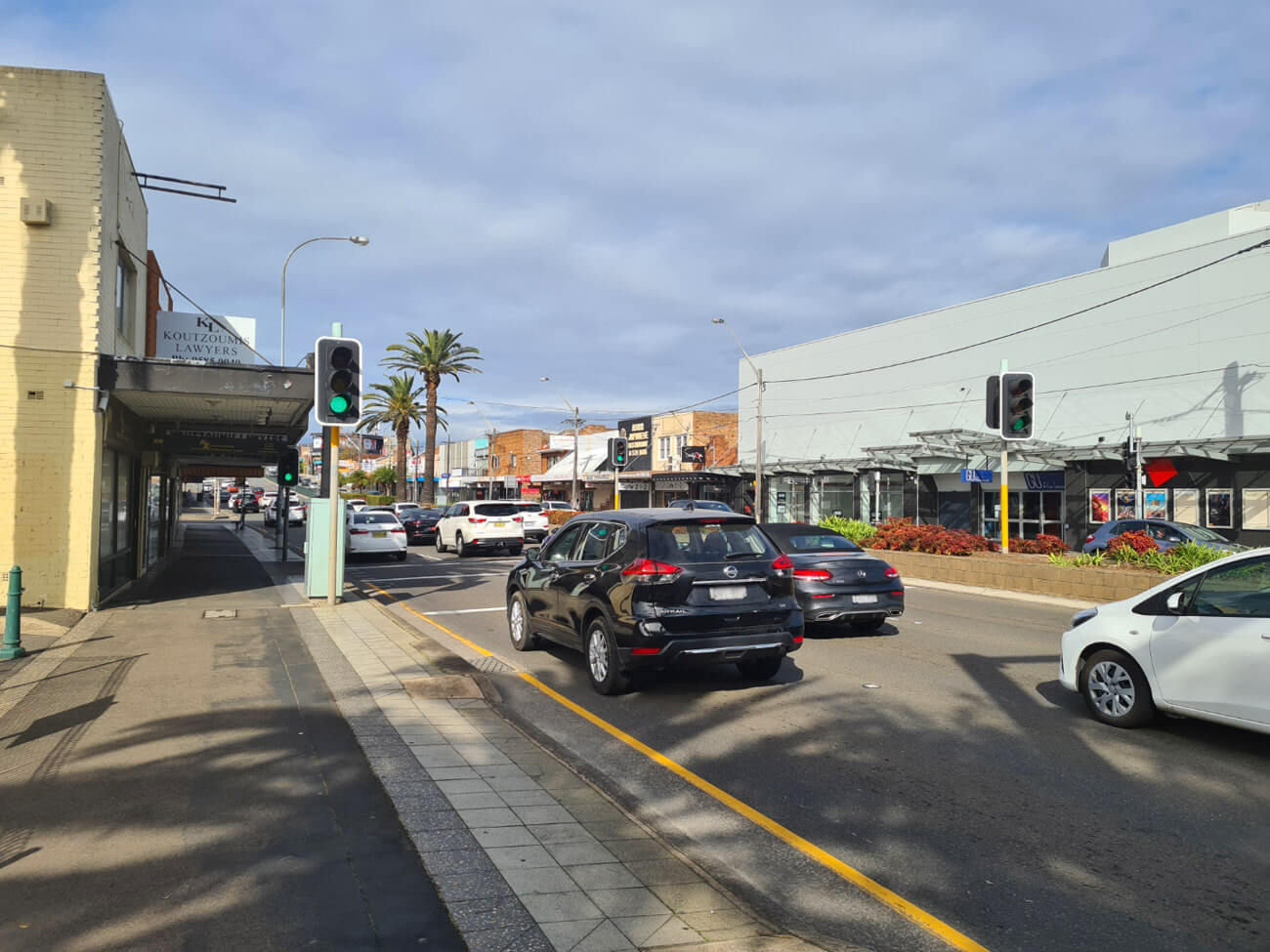
It’s also well-serviced by frequent buses courtesy of King Georges Road; combine all of the above, and were it not for the traffic congestion issues then it’d be hard to fault Beverly Hills overall in terms of connectivity.
It’s King Georges Road itself which serves as Beverly Hills’ main “hub” of activity; the suburb fans out fairly evenly on either side from this main strip, where its train station exits directly onto its roadside.
It’s also one which is mostly oriented around dining, particularly on its southern portion where the bulk of its other services can also be found.
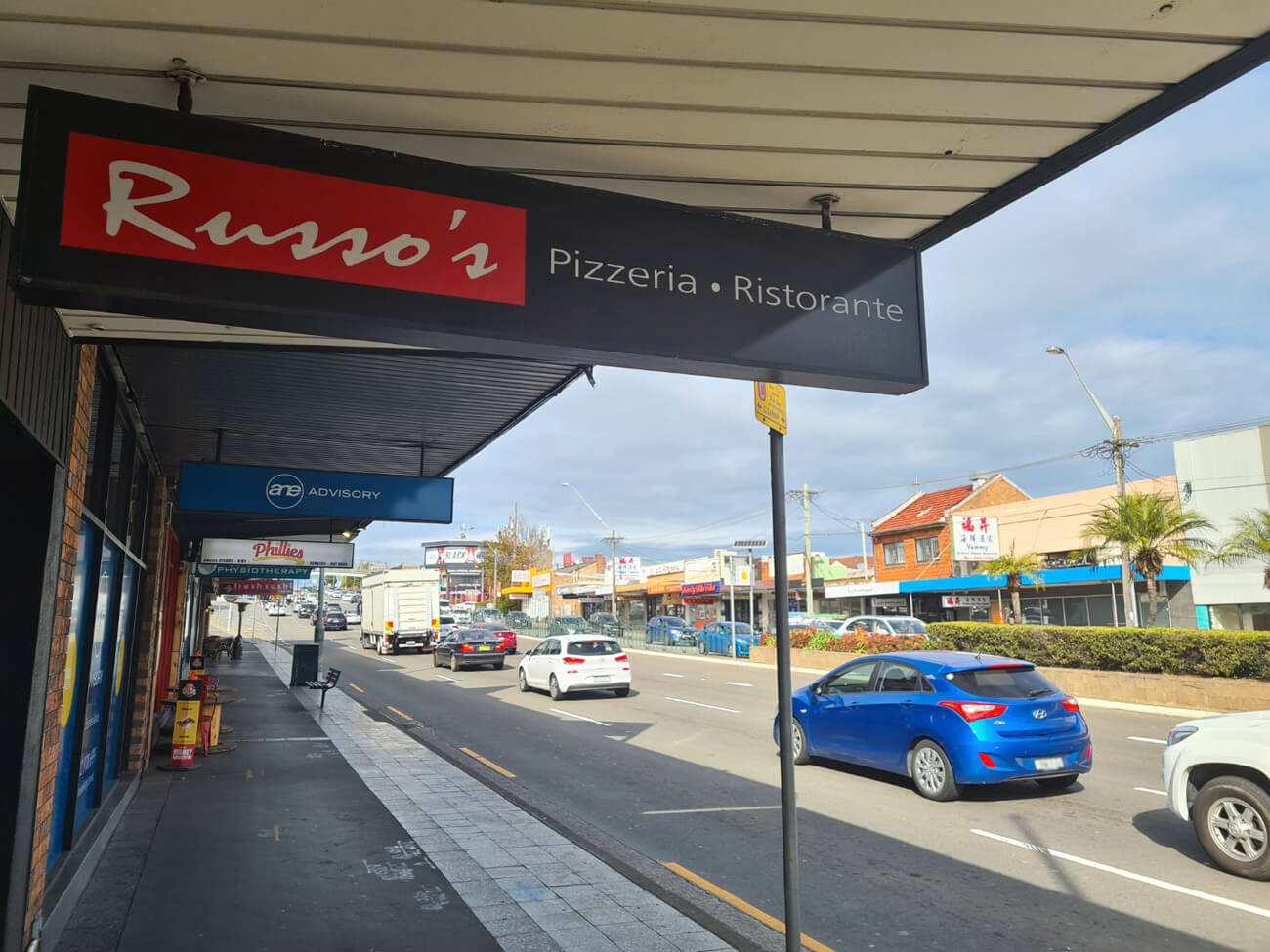
This is not a particularly amenity-rich area outside of food and drink; head a little further up and you’ll find some mixed other services such as hairdressers, massage shops and misc other businesses, while its little cluster of stores branching off along Tooronga Terrace is where you’ll find its decently-sized IGA for essential groceries and the like.
For larger-scale shopping needs, Beverly Hills also benefits from its proximity to neighbouring suburb Roselands, with the extensive and aptly-named Roselands shopping complex a matter of a mere handful of minutes’ drive away.
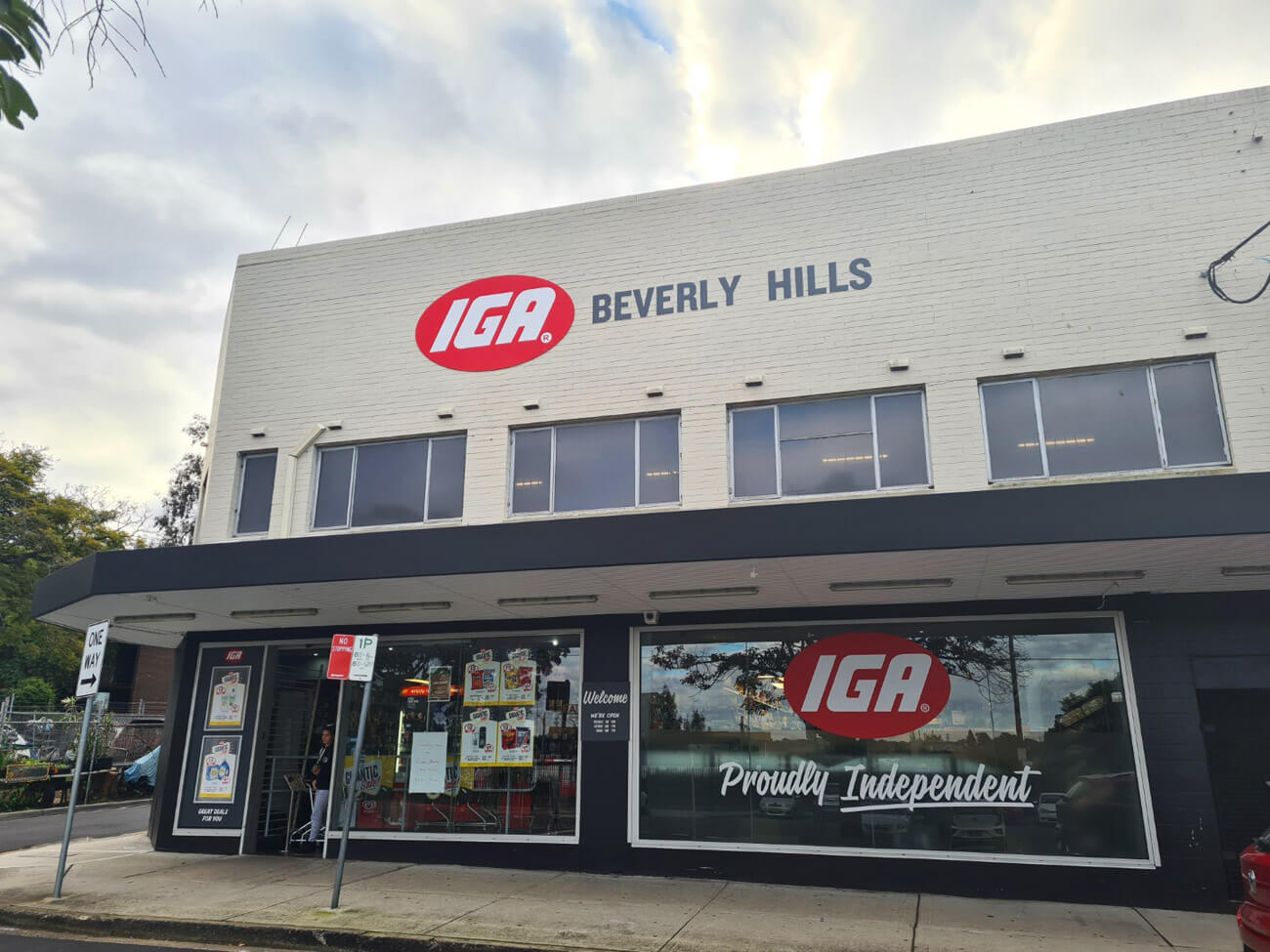
The main cluster of dining and cafes along King Georges Road has a couple of new modern additions and pretty good variety in cuisines overall given its relatively small size, but physically feels a little old and tired.
Flaking paint, faded signs, the odd spot of graffiti and the occasional vacant storefront sit alongside a solid collection of spots to dine in which the suburb’s Chinese demographic influence shows in its array of Chinese restaurants, groceries and convenience stores.
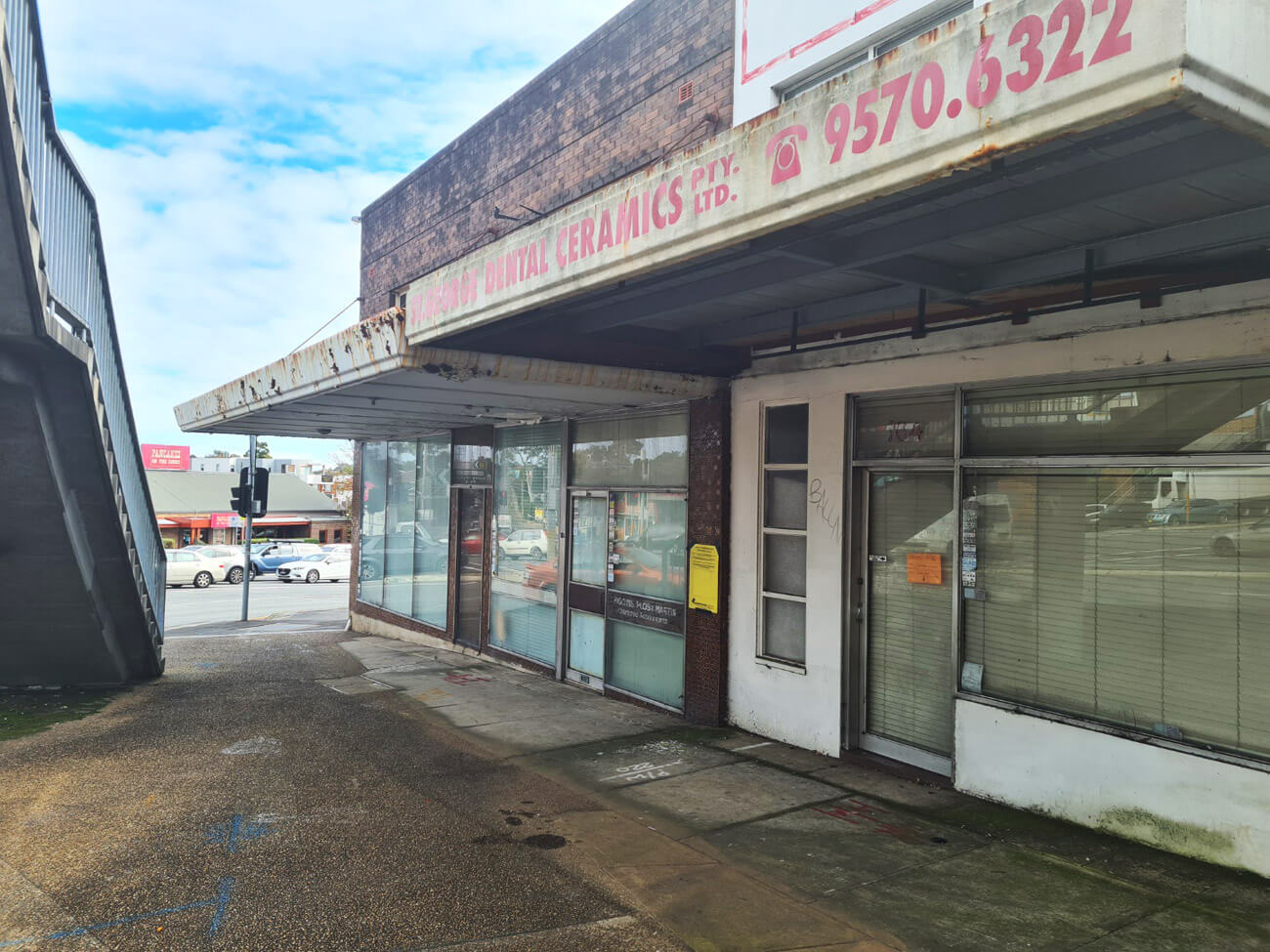
These are augmented by a good mix of Greek, Japanese, Lebanese, Italian and several cafes – when you add these to its other boutique cafe offerings on its fringes with neighbours Kingsgrove and Narwee, you’ve got a suburb that punches above its weight in terms of food and drink relative to both its size and population.
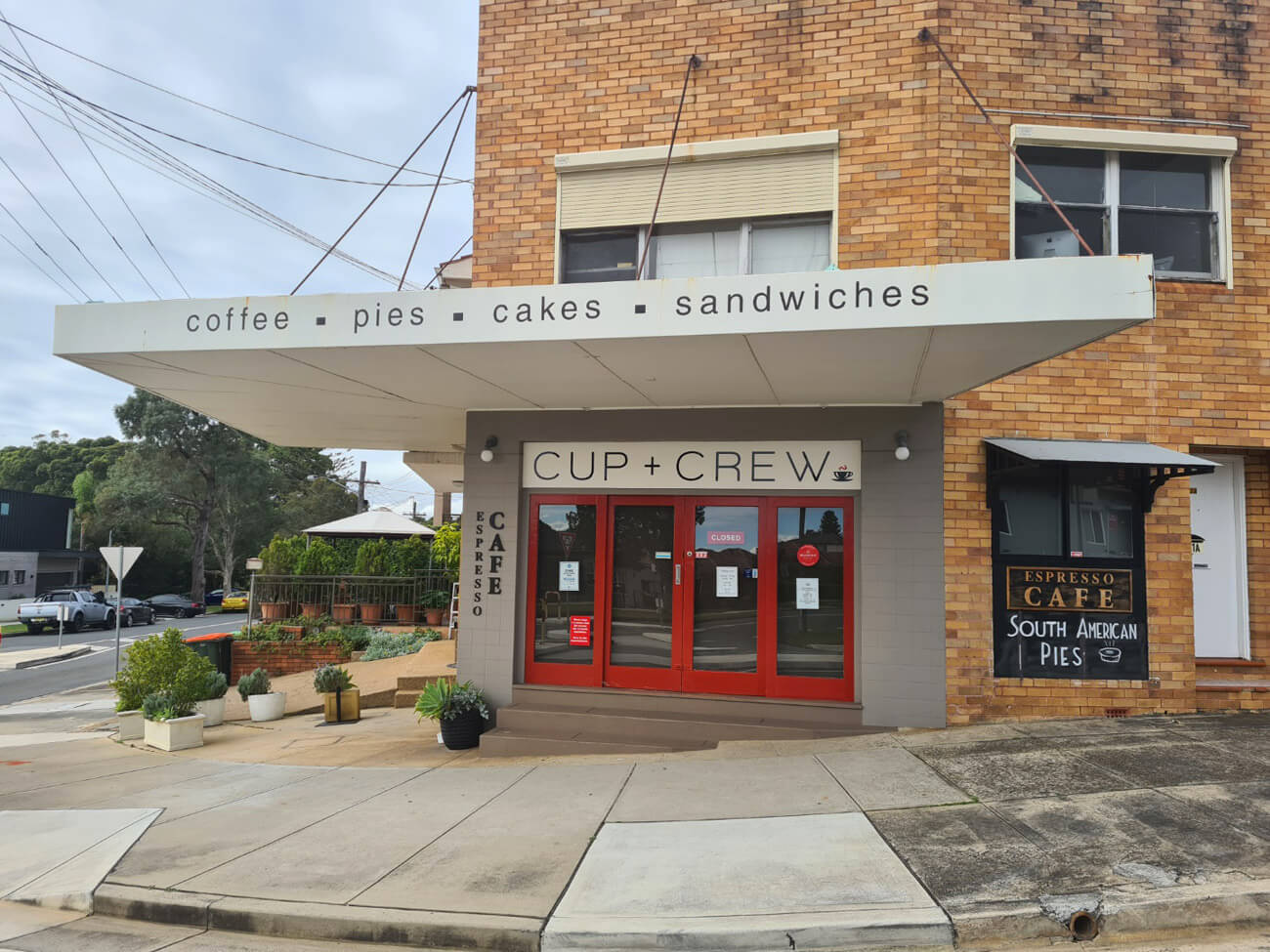
The only downside here is, again, that they suffer a little for their proximity to busy roads; it’s not an atmosphere conducive to “outdoor” dining or Inner West-type cafe wankery (if that’s your thing).

What sets Beverly Hills apart, however, is a few of its quirks of this dining scene that provide a bit of novelty other similarly-sized suburbs don’t have.
This comes courtesy of its trio of Phillies – an American-diner-esque burger and shake joint where the food tastes just as good as you’d expect from something with such a calorie count; Pancakes on the Rocks – yes, the same kitschy pancake parlour kids love that actually originated on The Rocks in the city; and L.A. Donuts – an immensely popular little local takeaway donut shop that’s almost always busy.
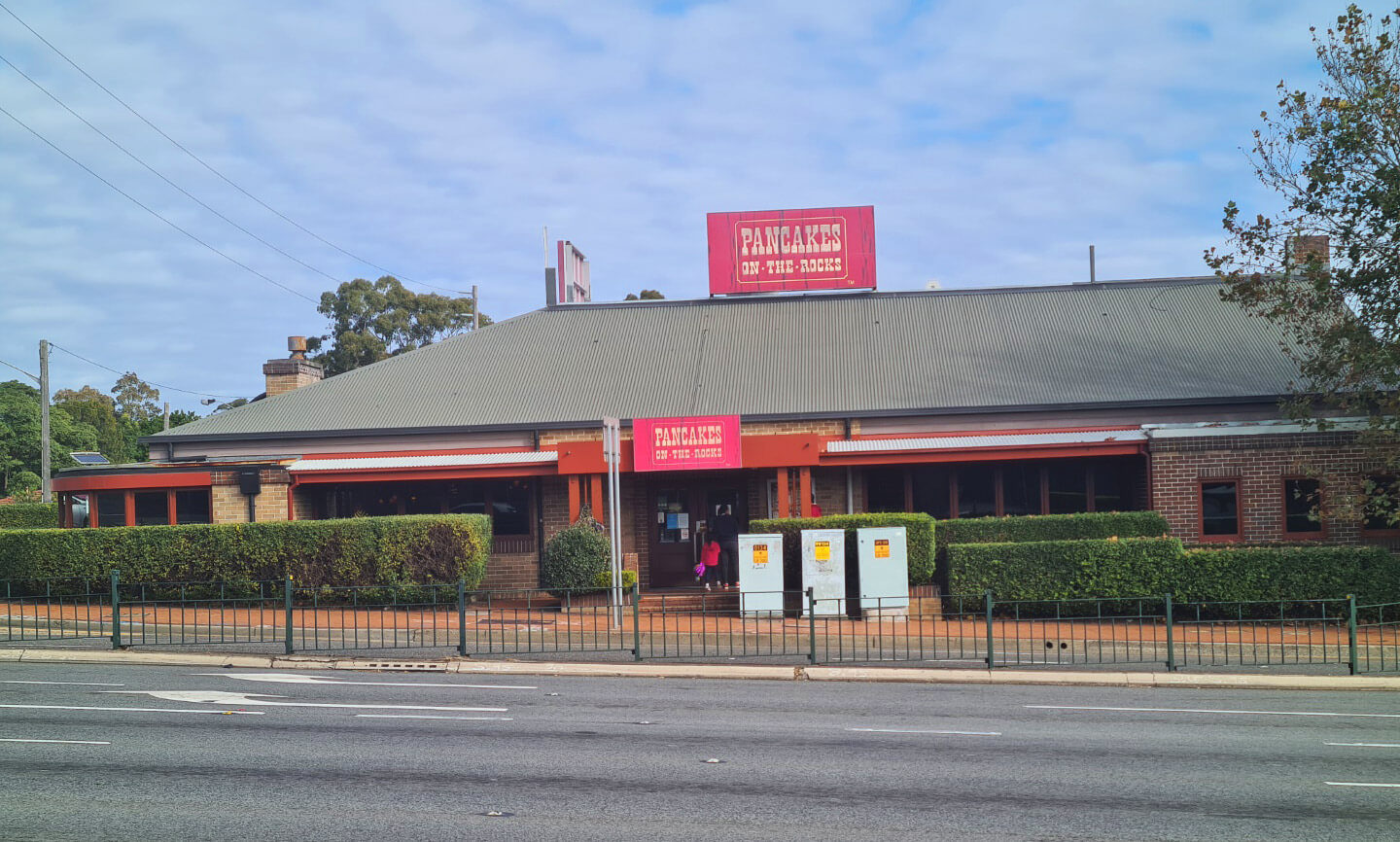
Sure, “fine dining” these most definitely aren’t, but they’re each quirky and tasty enough to pay the suburb a visit for outsiders, or treat yourself living nearby when you’re feeling cheeky.
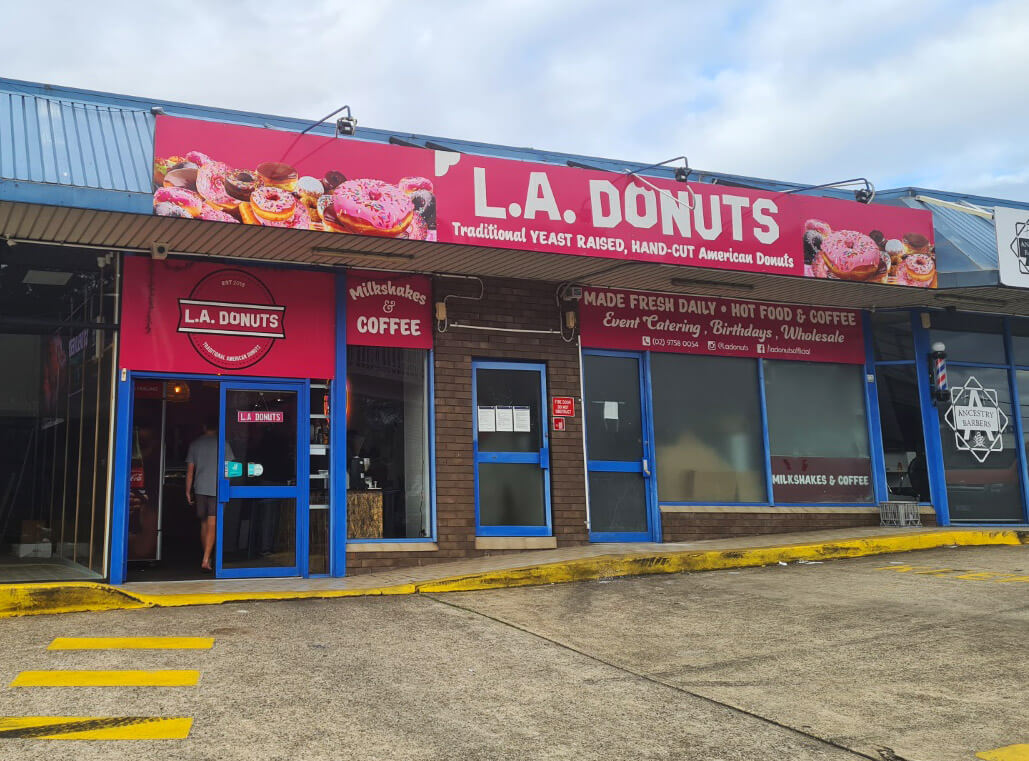
This main King Georges’ strip is also where what passes for entertainment in Beverly Hills lives as well.
Solid local, The Beverly Hills Hotel is the go-to watering hole in the area, offering decent quality pub-style food, trivia nights, and a better interior than you’d expect from its somewhat retro-looking facade outside.
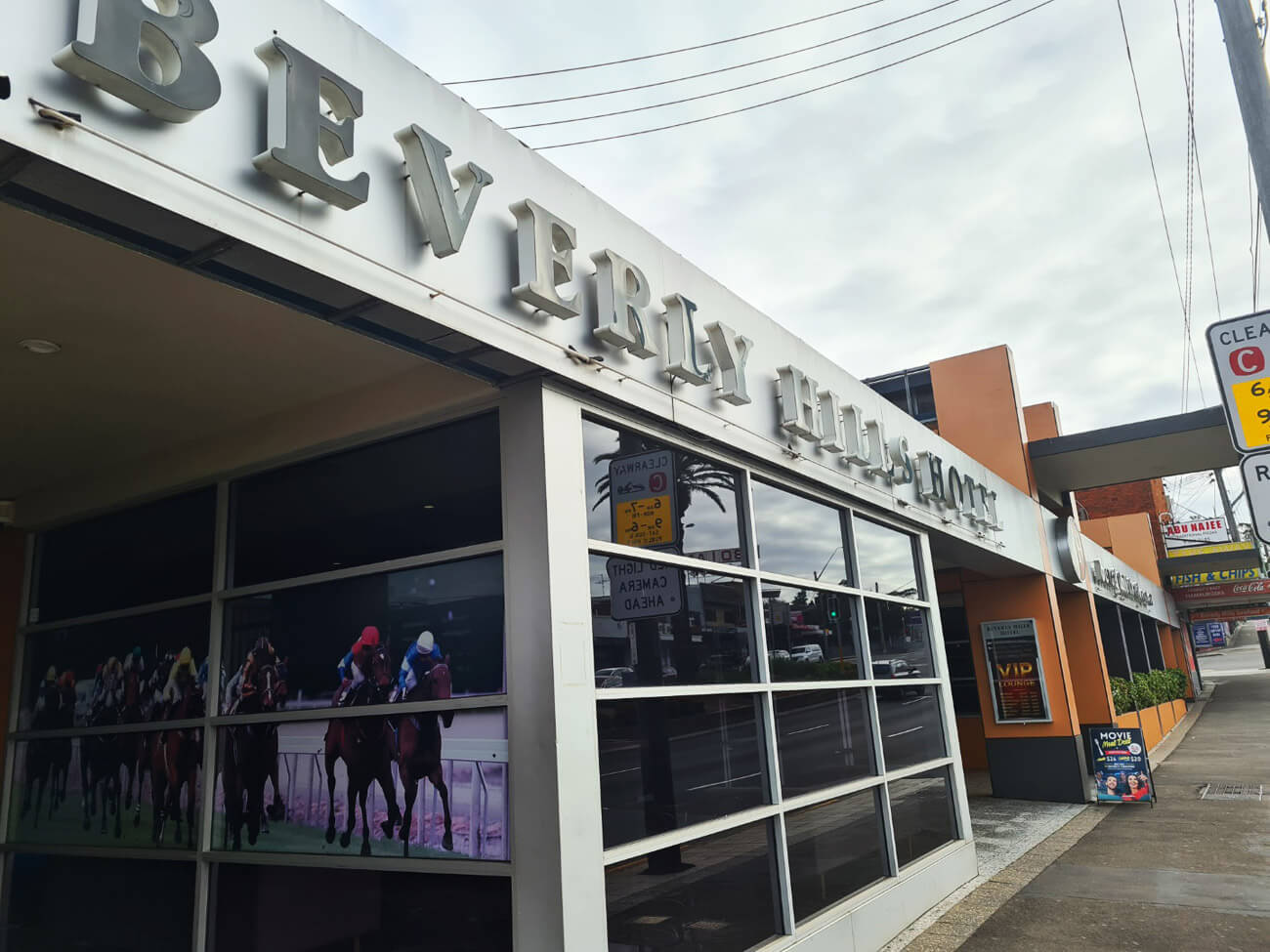
Its other main attraction is the the GU Film House. This is a cosy, more boutique-style cinema as opposed to the cavernous, bigger-brand offerings that is fairly small – but does the job in terms of all you need for the basics of a comfortable filmgoing experience.
It’s not the most common thing for a smallish-mid sized suburb to have its own cinema, so is certainly a welcome bonus.
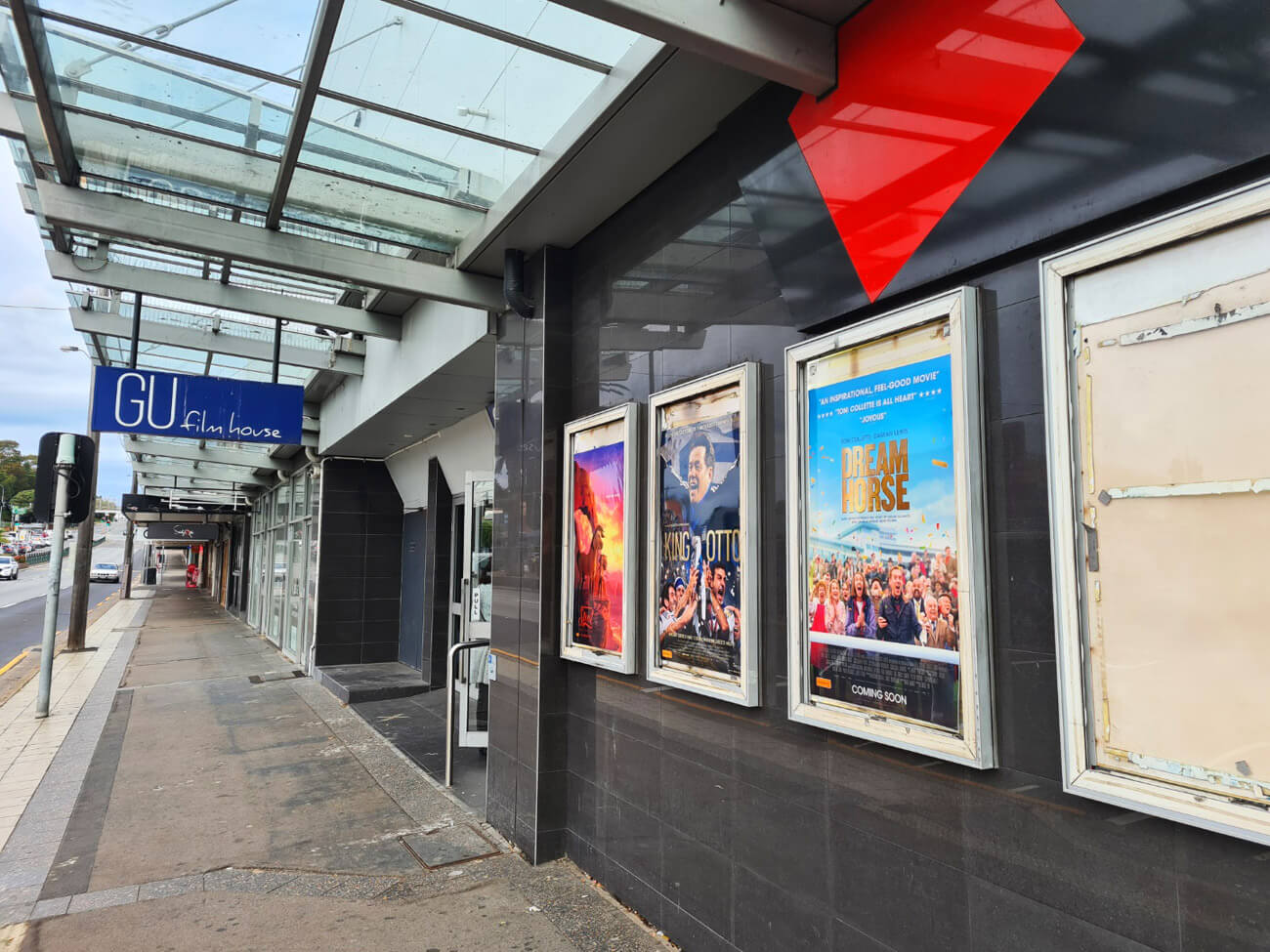
In terms of its streetscape beyond this strip, Beverly Hills is pretty much exclusively residential outside of some light industrial/auto detailing along Penshurst Street, and skews strongly towards low-density.
Much of its housing stock is mid-sized, older homes on mid-sized blocks located among residential streets which are mostly quiet – the further back from the main roads the better – and quite leafy, with good tree coverage and roomy and mostly well-kept nature strips.
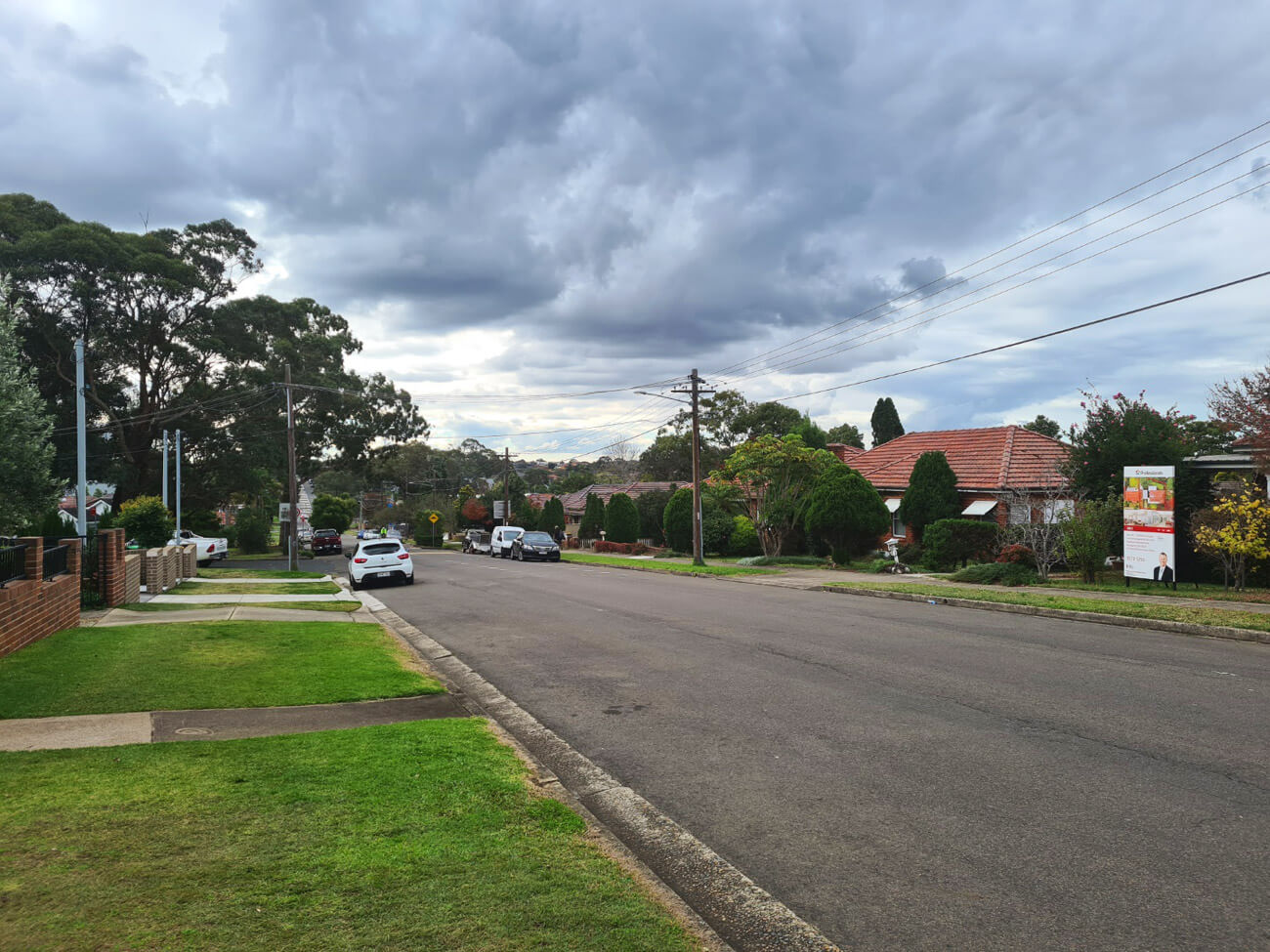
While the external streets here can experience some road noise, on the plus side Beverly Hills escapes much of the flight path noise that some of its surrounding suburbs experience, with only the very occasional plane soaring high overhead.
The inner ring of the suburb’s west side is its one notable “cheaper” area, offering a few choices of higher-density buildings within a short walk from the station.
These are predominantly low-rise unit blocks as opposed to high rise apartments that again skew a few decades older with only the odd individual modern building here and there.
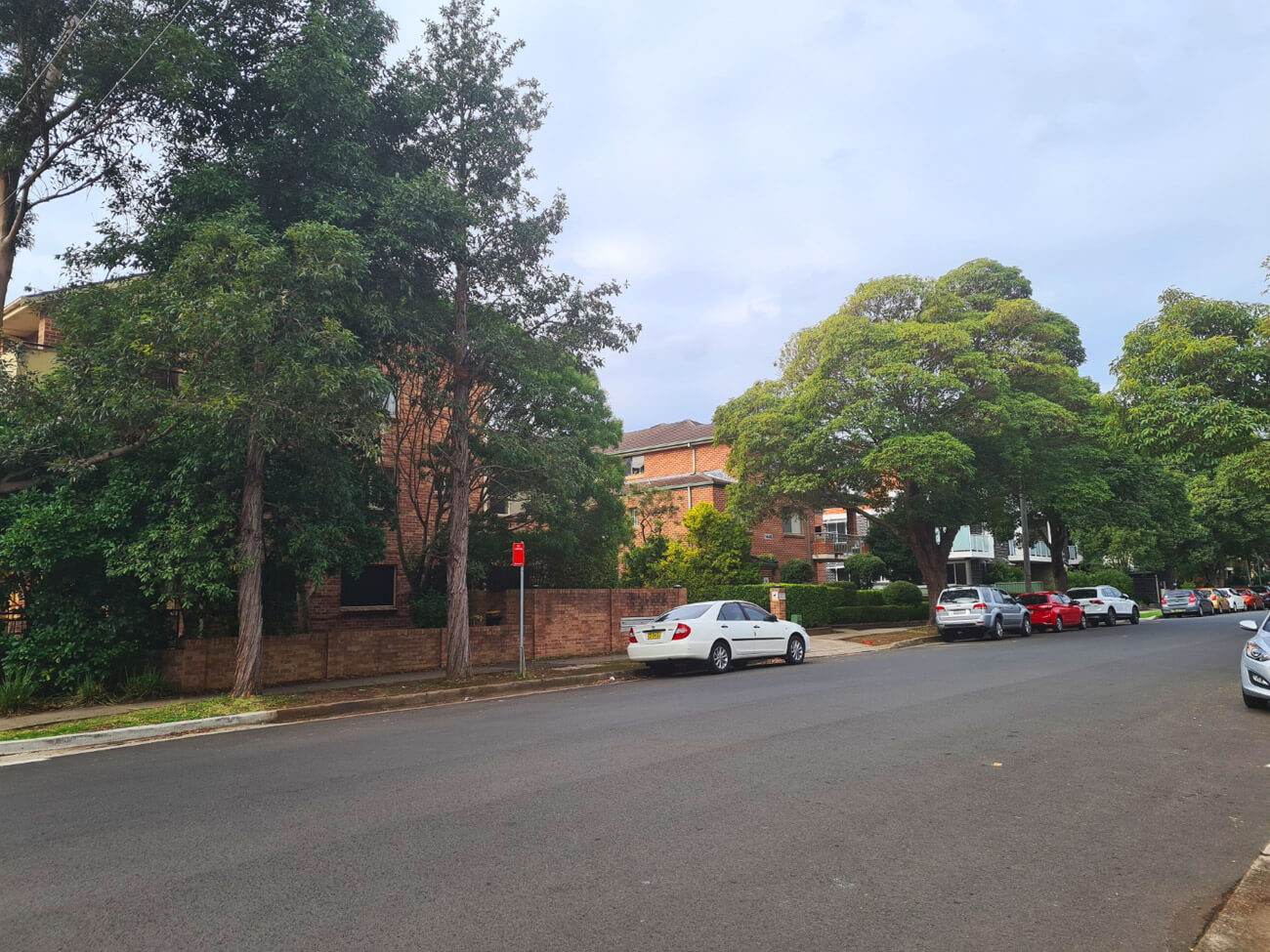
This then soon fades into the same larger, detached housing soon after as you head further towards the suburb’s fringes.
A lot of Beverly Hills housing stock are postwar red-brick and weatherboard builds that have stood the test of time and remain largely unchanged on the outside.
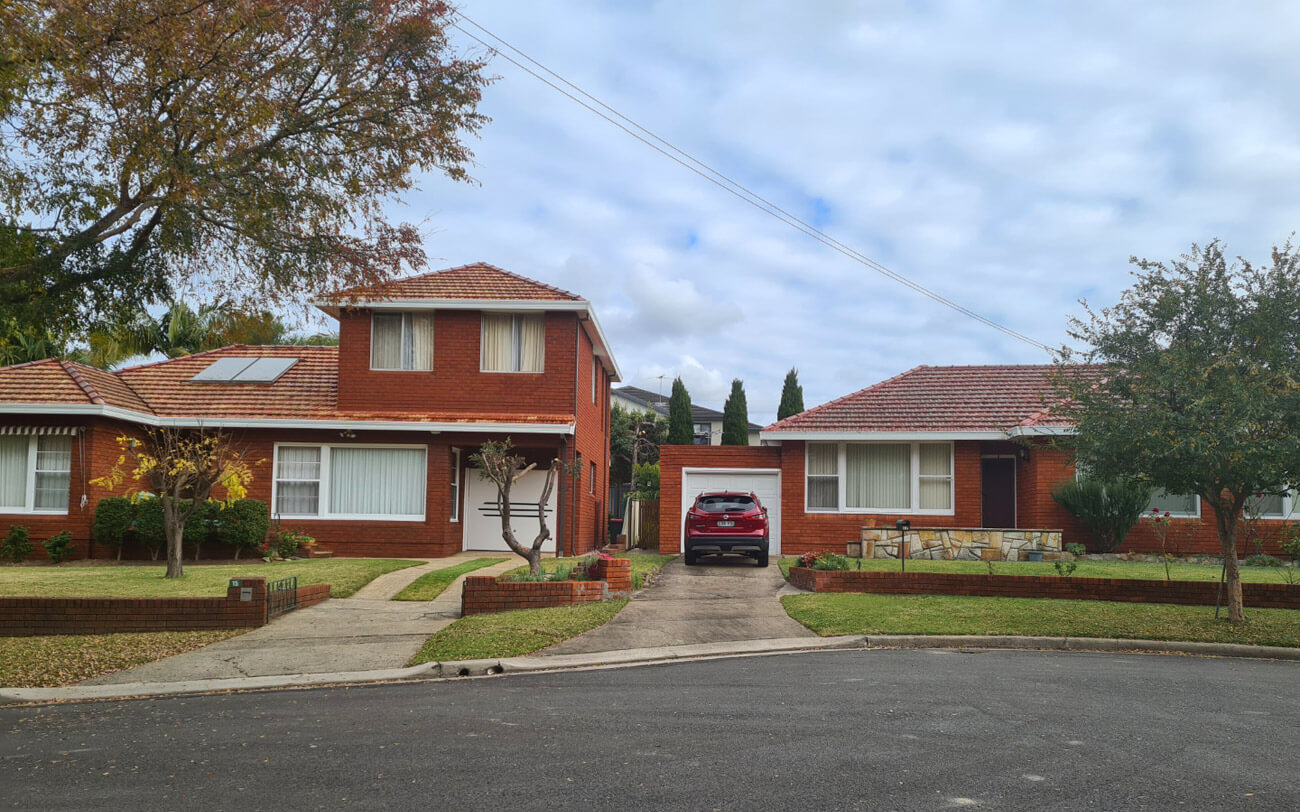
While this is common in many Sydney suburbs as a whole, it’s particularly prominent here – usually you’ll get the odd modern double-story build to break things up, but there are a few streets within Beverly Hills where the heritage, uniform red brick aspect is pretty much every house on the cul-de-sac.
Again, it feels a little dated but also a testament to their original build quality, and they’re pretty much all well groomed and taken care of by their owners.
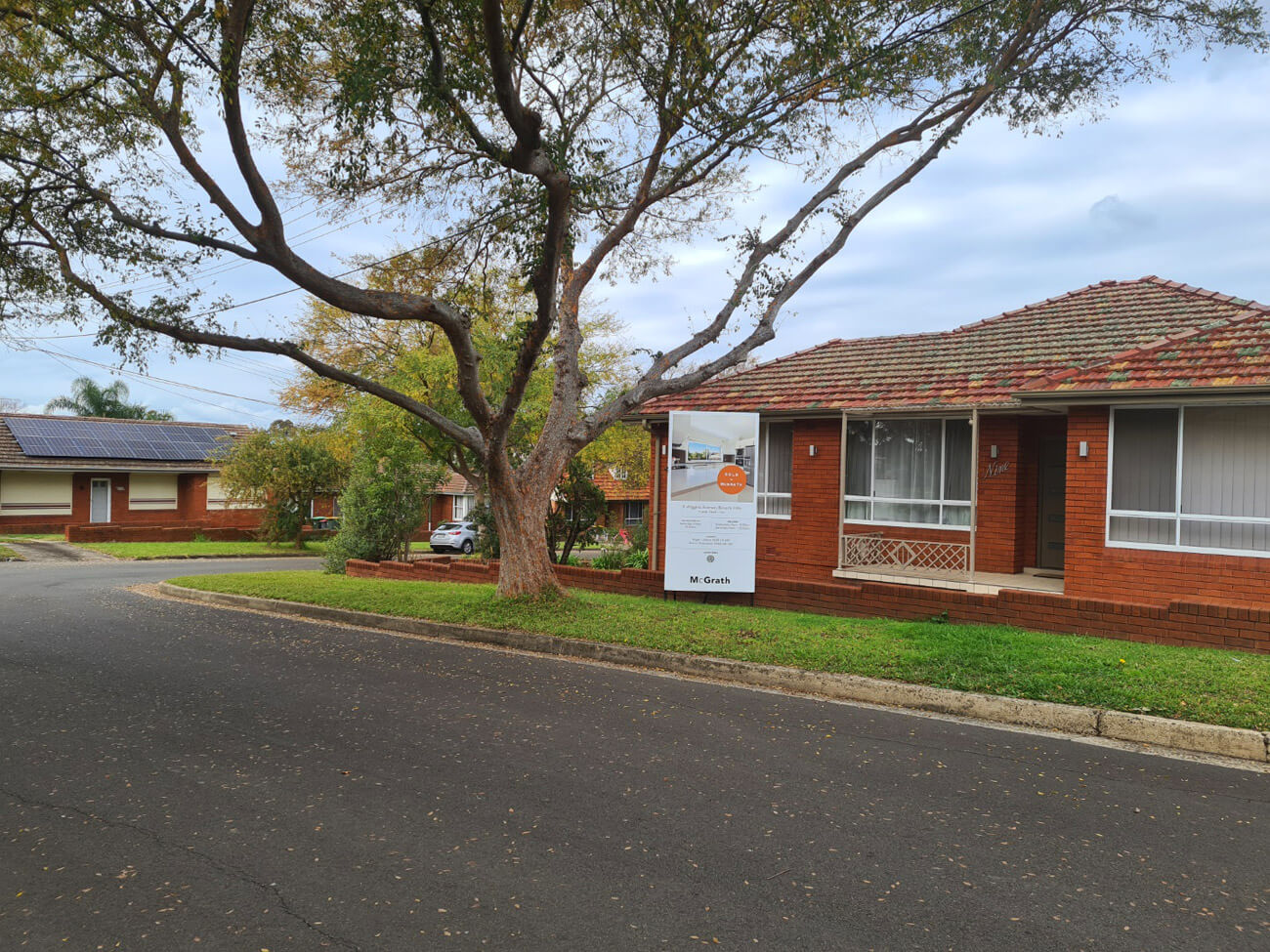
Of course, there are also pockets of premium streets that boast more expensive, double storey upper-end builds and with signature manicured lawns and hedge art as well.
The one notable aspect that’s missing from Beverly Hills is the “mid-range” of housing; it’s a little underweight in terms of townhouses, villas, duplexes and the like to select from, meaning your choice is a little more limited to either an old-ish apartment or forking out the expensive Sydney housing prices for a freestanding home.
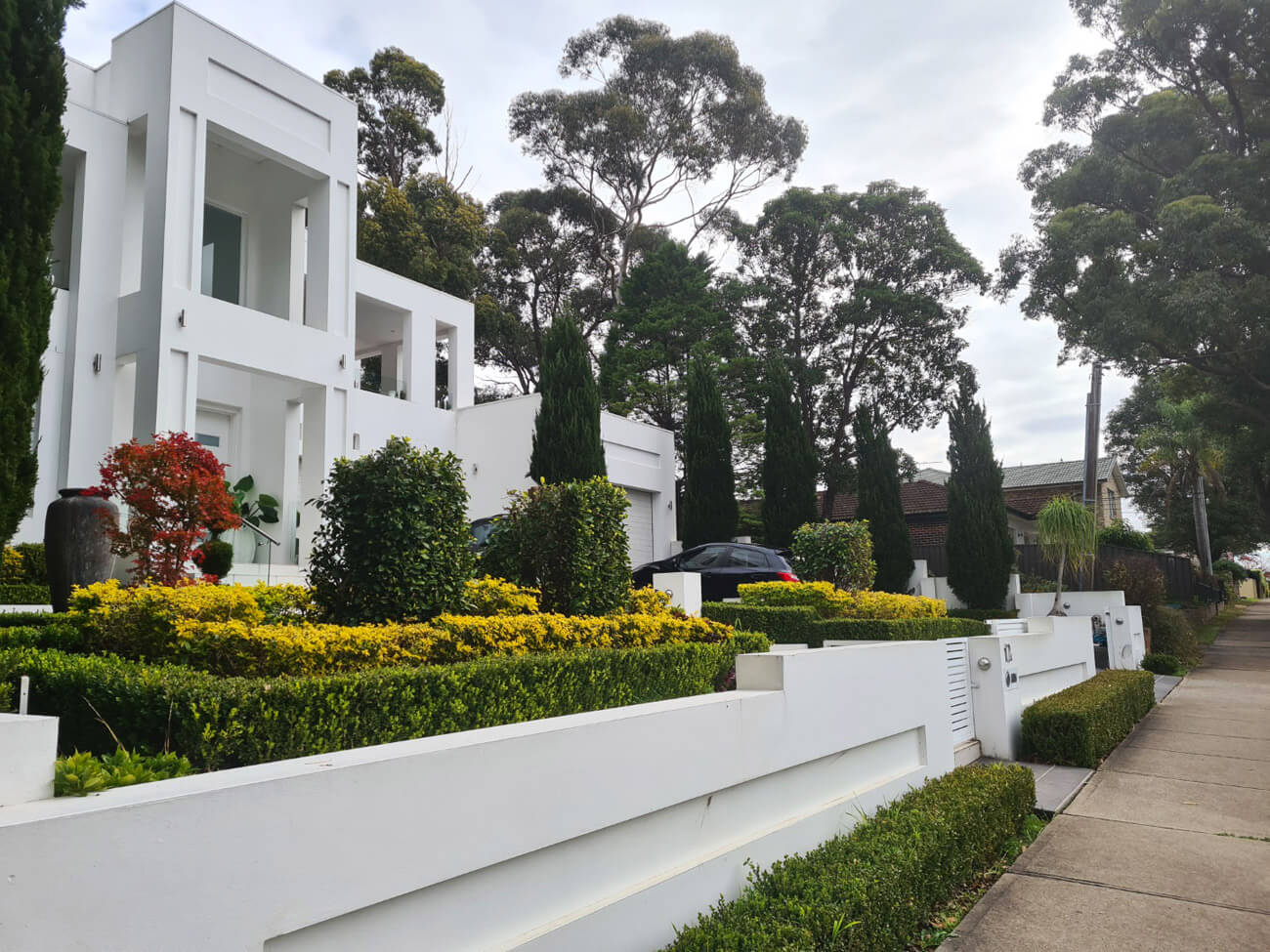
In addition to its street greenery, Beverly Hills is home to quite a solid array of park and reserve land of multiple shapes and sizes.
On top of its biggest, “flagship” parkland of Beverly Hills Park – which is the go-to for sporting events and is roomy, despite lacking shade and toilets – it boasts a heavy array of strip-style and little micro-reserves as well.
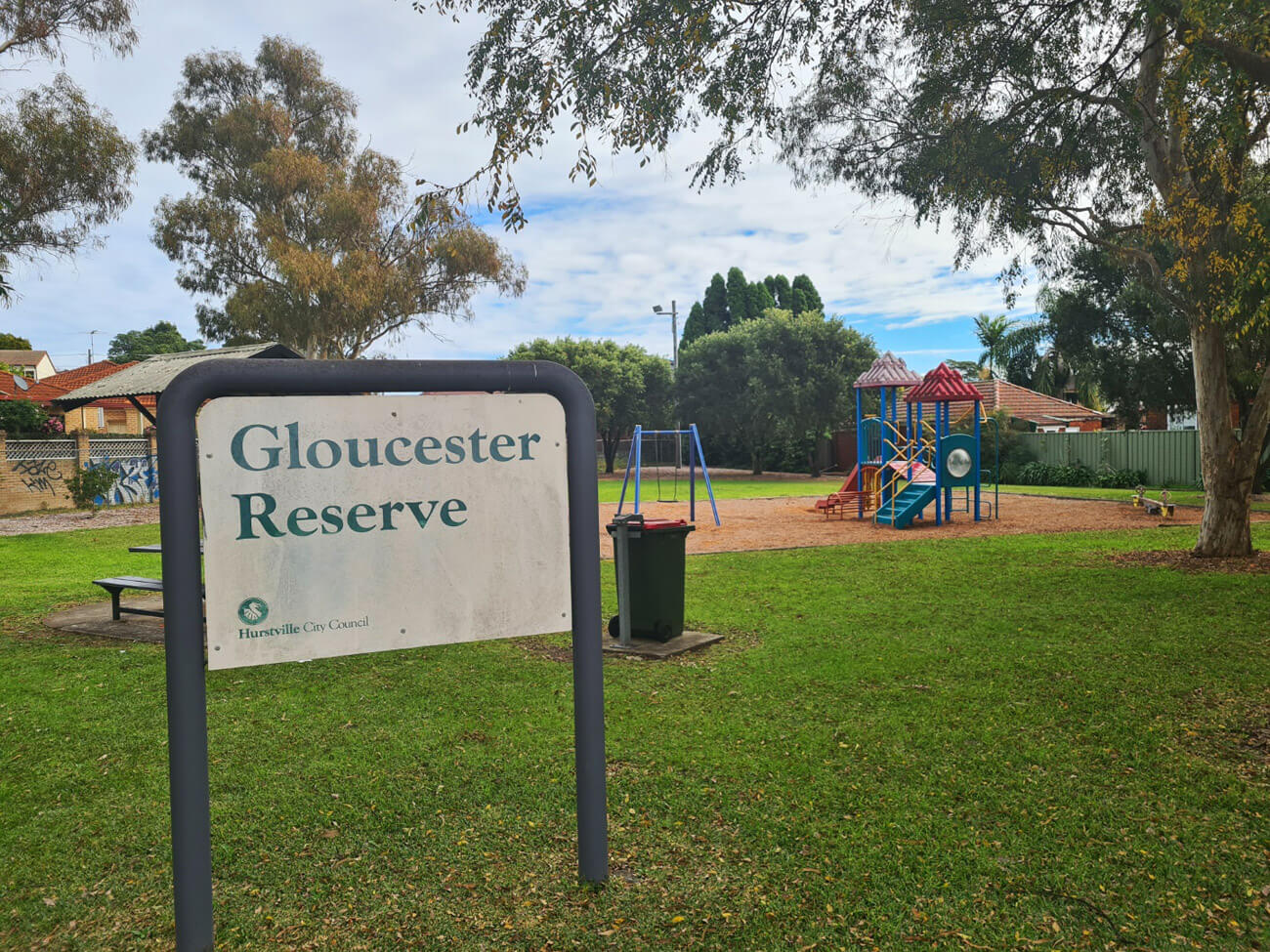
Each of these pretty much all offer – at the very least – some playground equipment and picnic tables, if not much else, and are fairly suitable for dogs despite not having a designated fenced dog park.
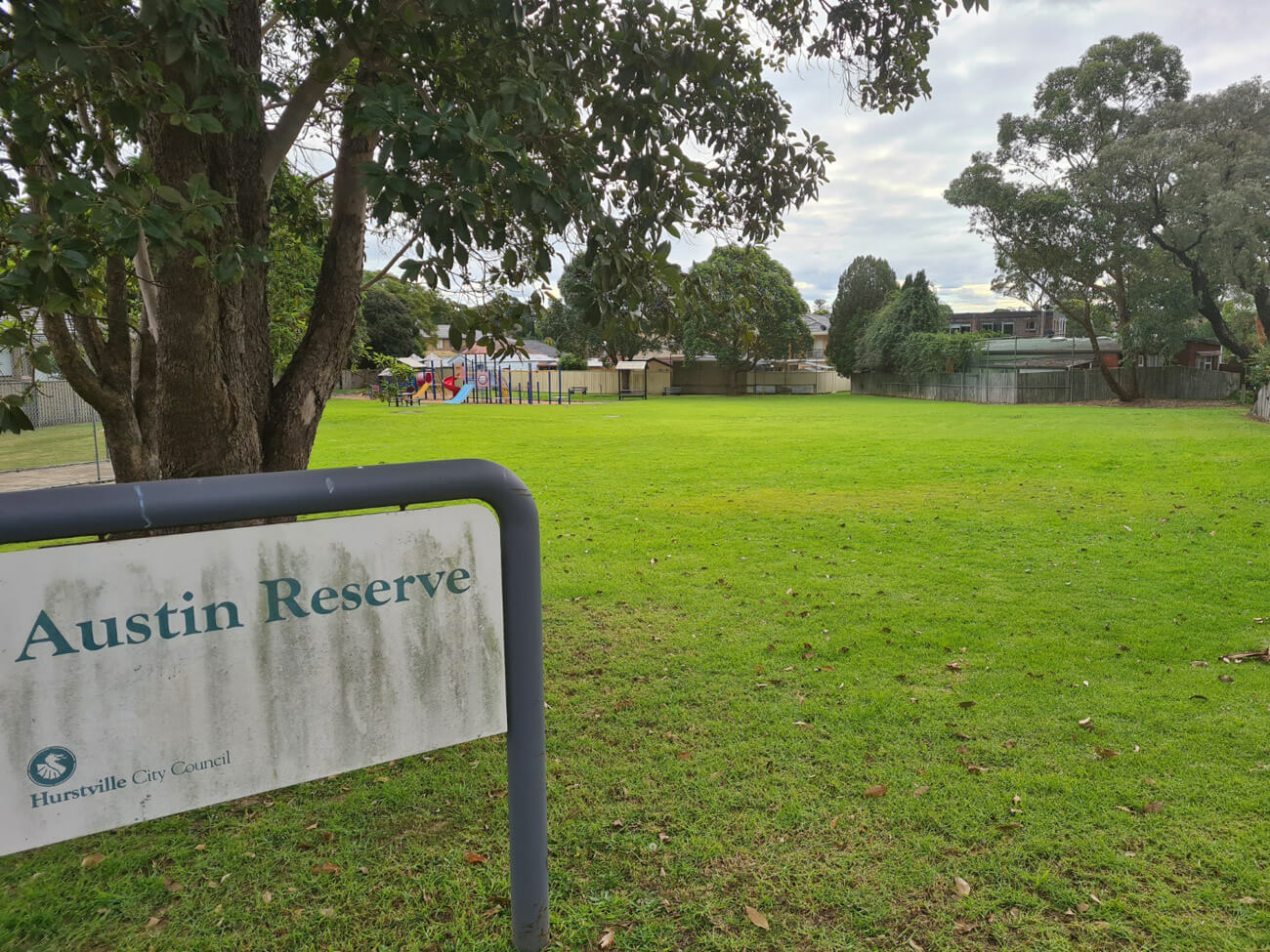
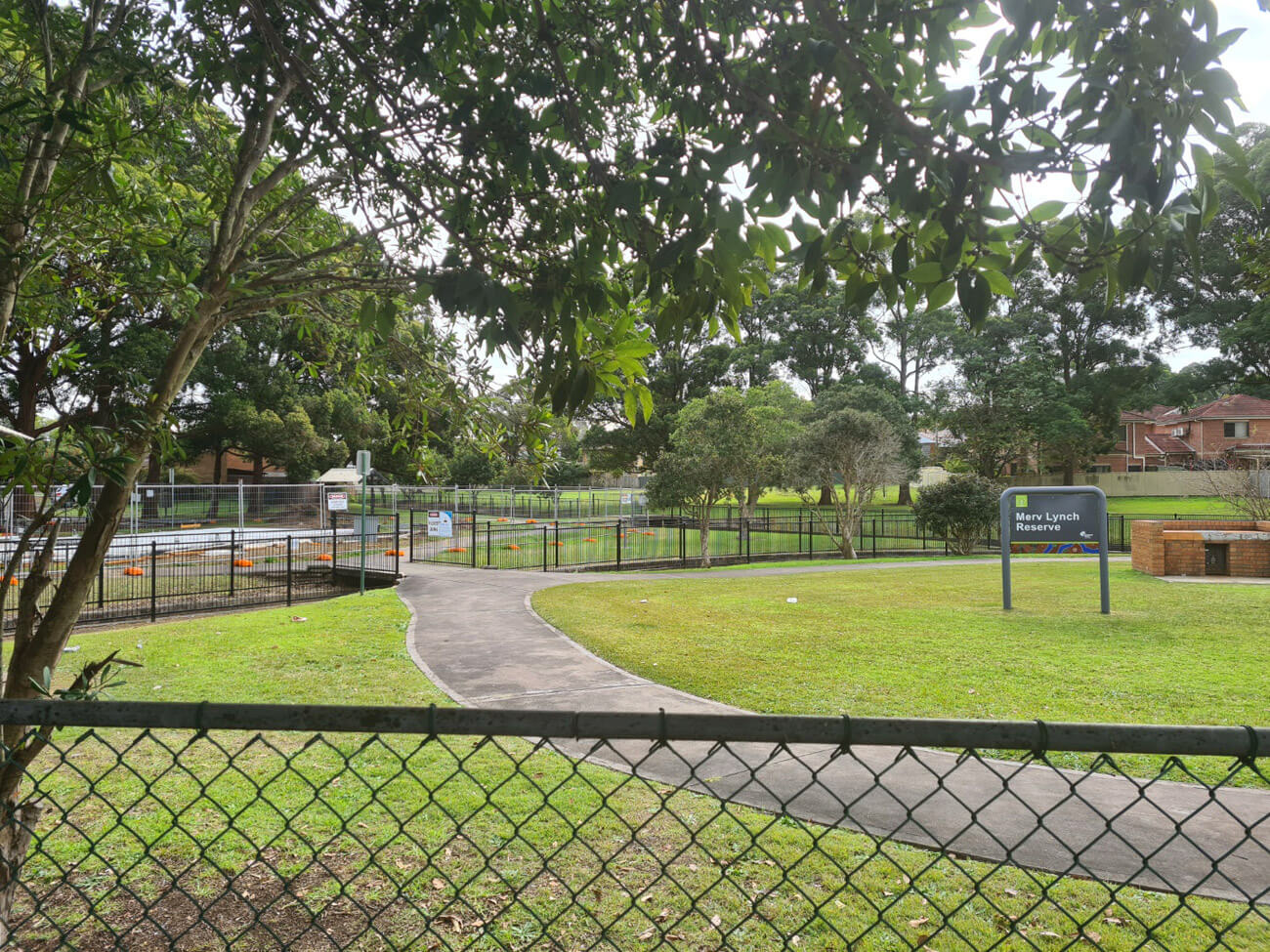
Pet owners are also catered for within Beverly Hills due to it being home to both a vet, and the large Pet-O pet goods warehouse.
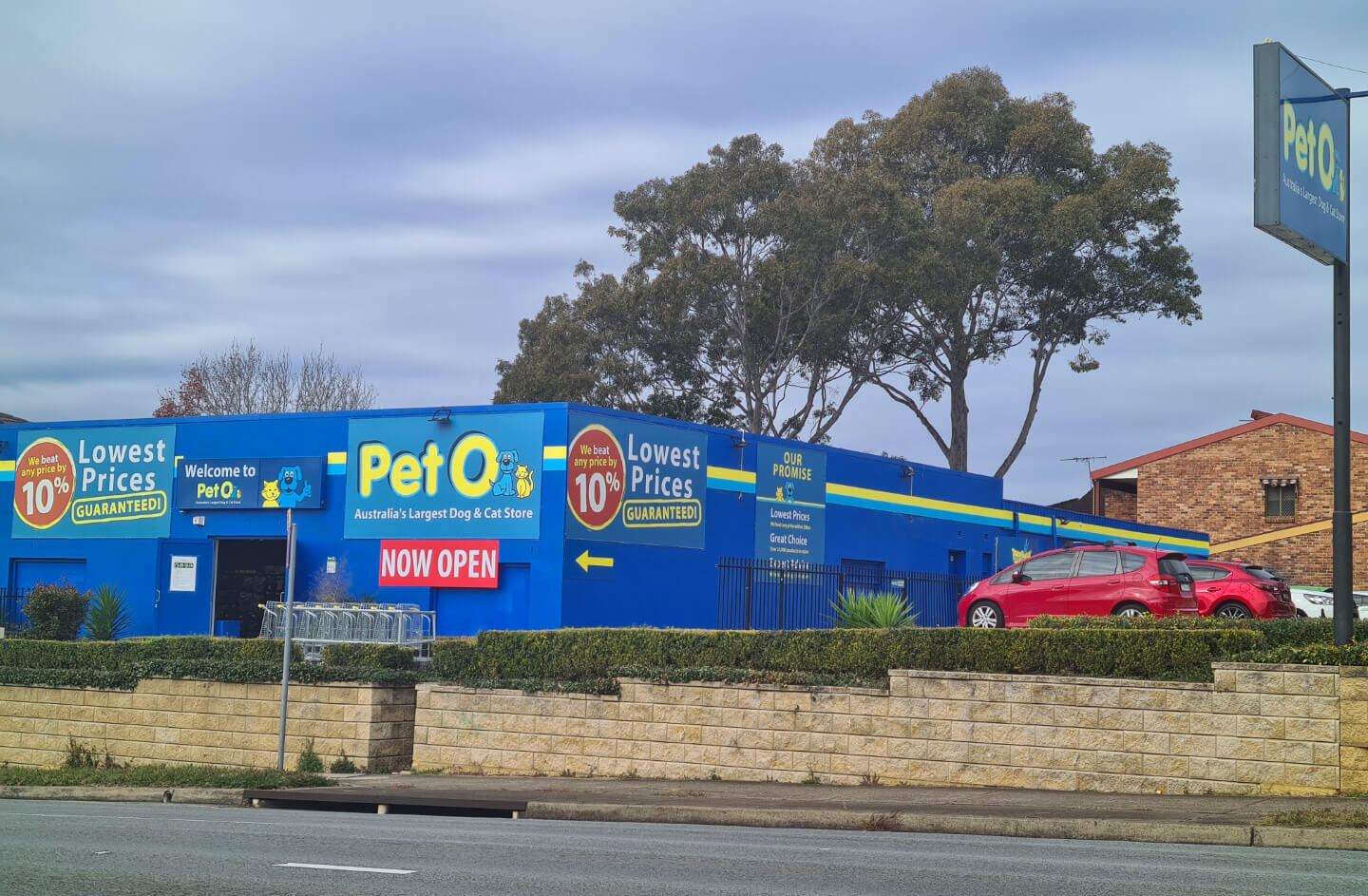
Edgbaston Reserve, Gloucester Reserve, Austin Reserve, its little Memorial Park, and various others all contribute to the suburb’s green and family-friendly aspect, and are kept trim and tidy overall.
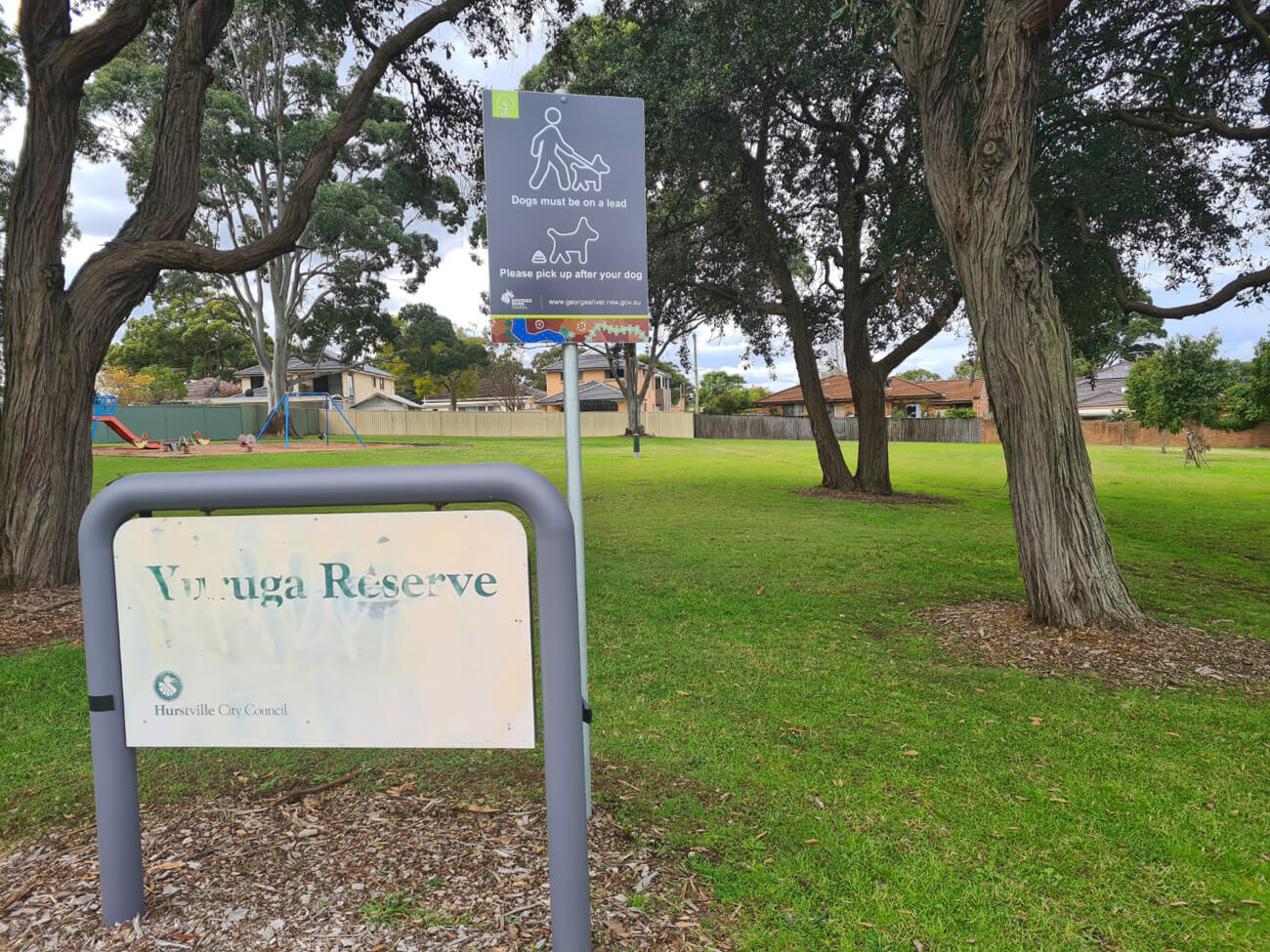
Its most unique aspects in terms of public space are probably the modern, highway-adjacent parks which have been fairly recently added alongside the M5.
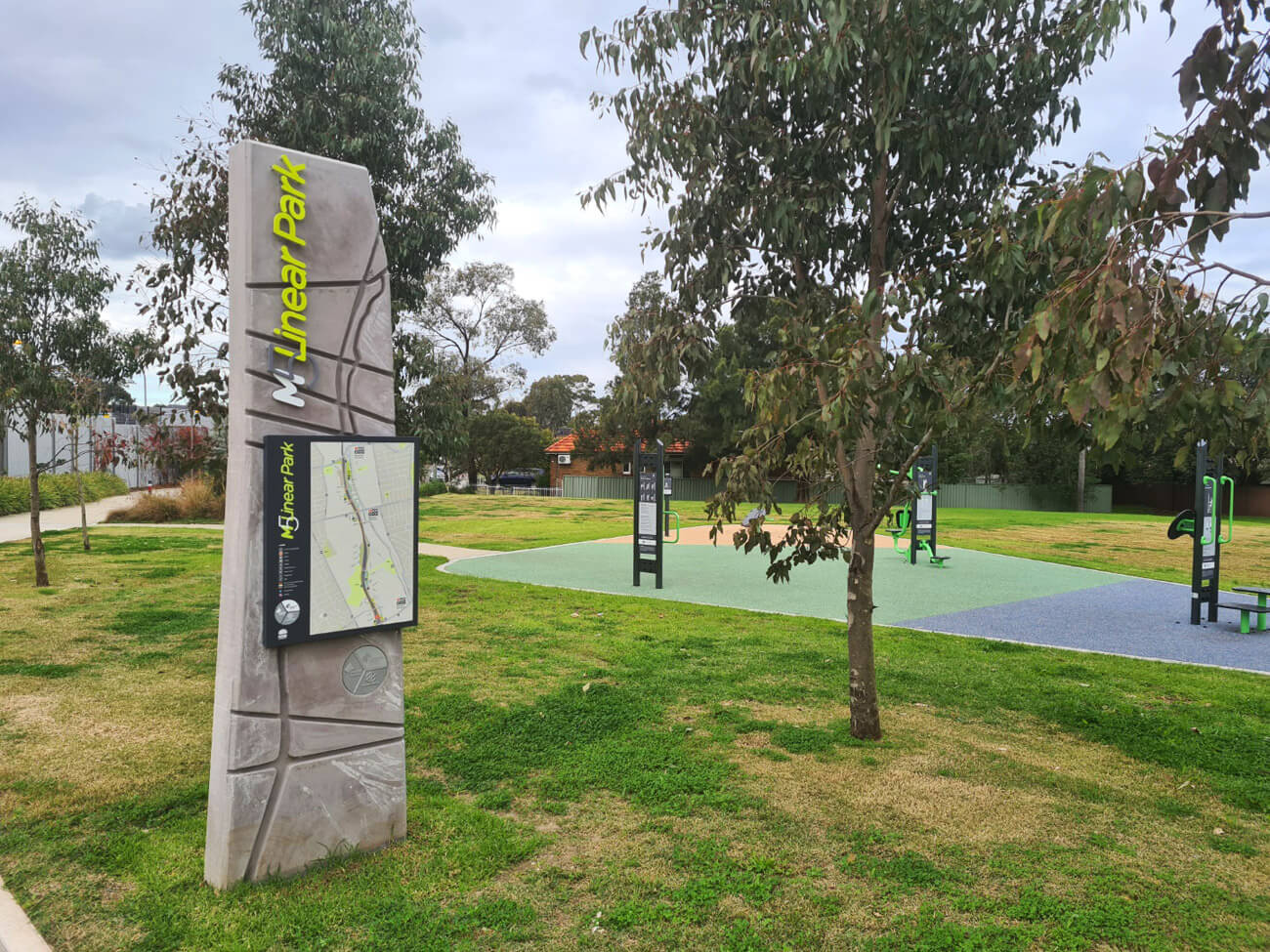
The “Linear Park” here is more landscaped and offers a random assortment of public gym equipment, water bubblers, and pieces of art. Cycling tracks here also run under and around the highway for cyclists to get from A to B as well.
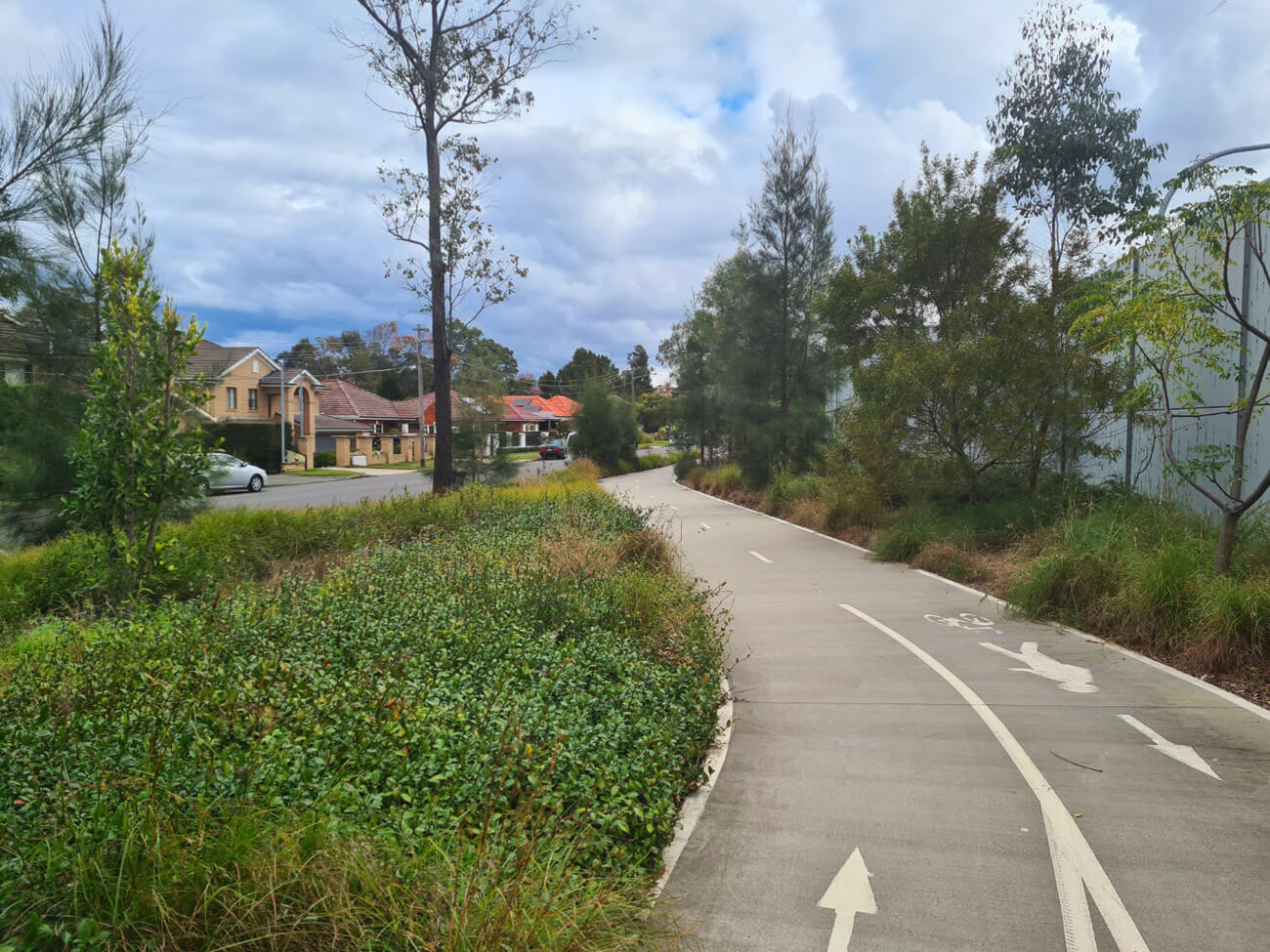
Its Canterbury Golf Course in the north-east and nearby tennis courts are the other noteworthy opportunities for outdoor activity, with the course offering a fairly basic but adequate 9 holes on a small-ish layout.
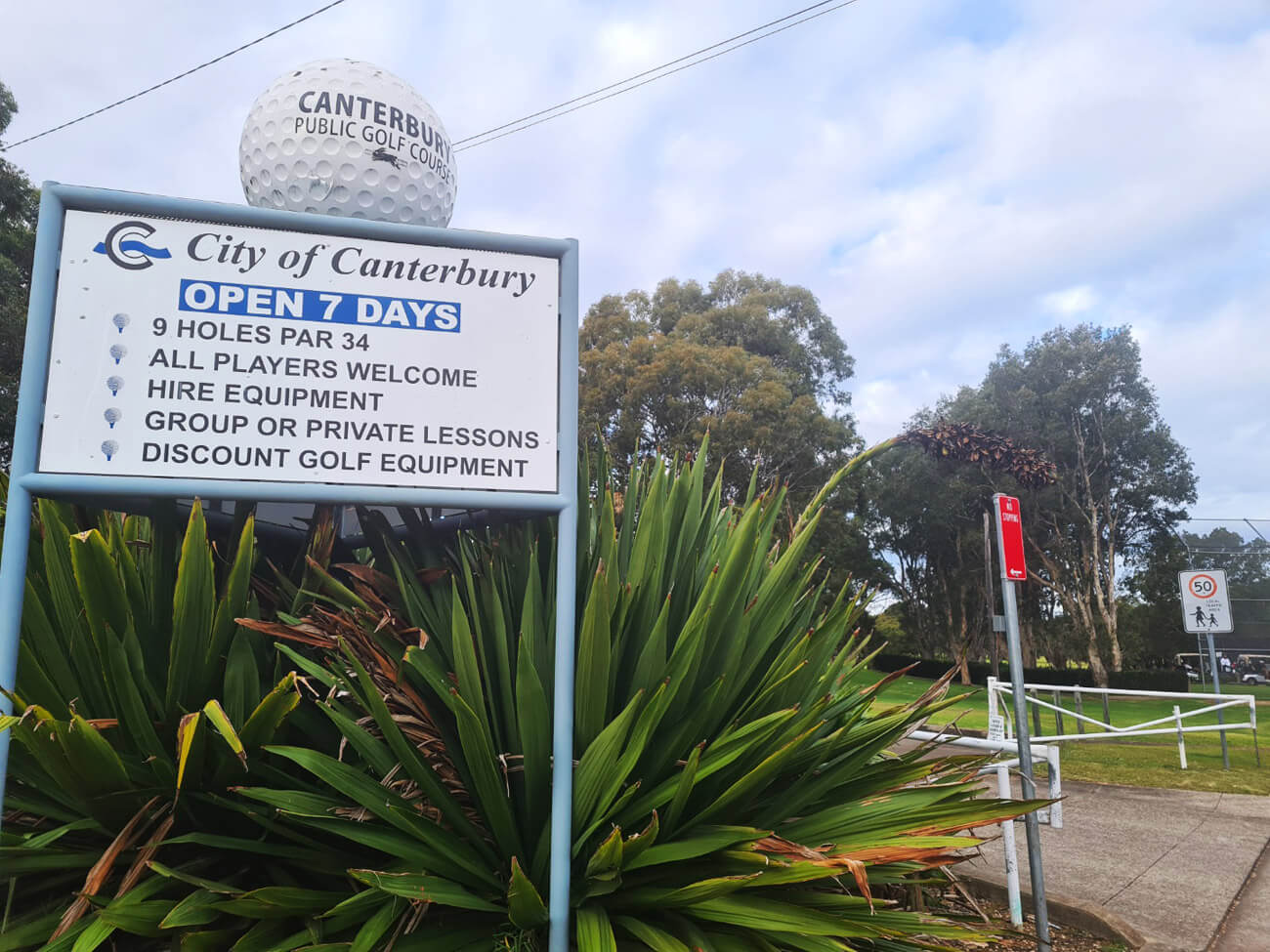
Beverly Hills’ family-oriented aspect also carries over to some pretty extensive educational offerings.
For a suburb of this size, having four schools and multiple childcare centres to choose from is no slouch, with these coming in both standard public and Catholic/Christian flavours.
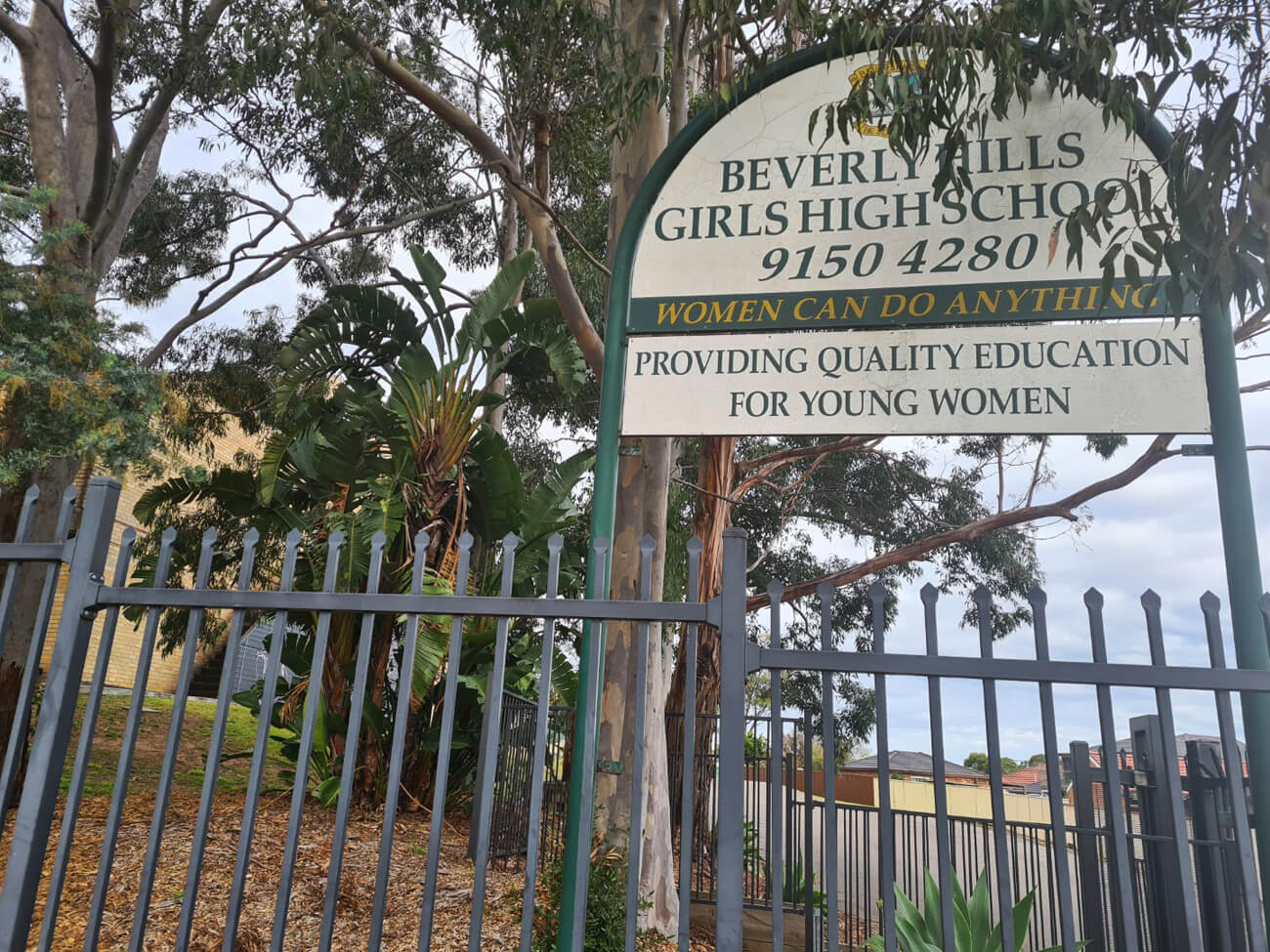
It’s one of the better educational scenes in this hub area of Sydney, and worth considering for parents as a result.
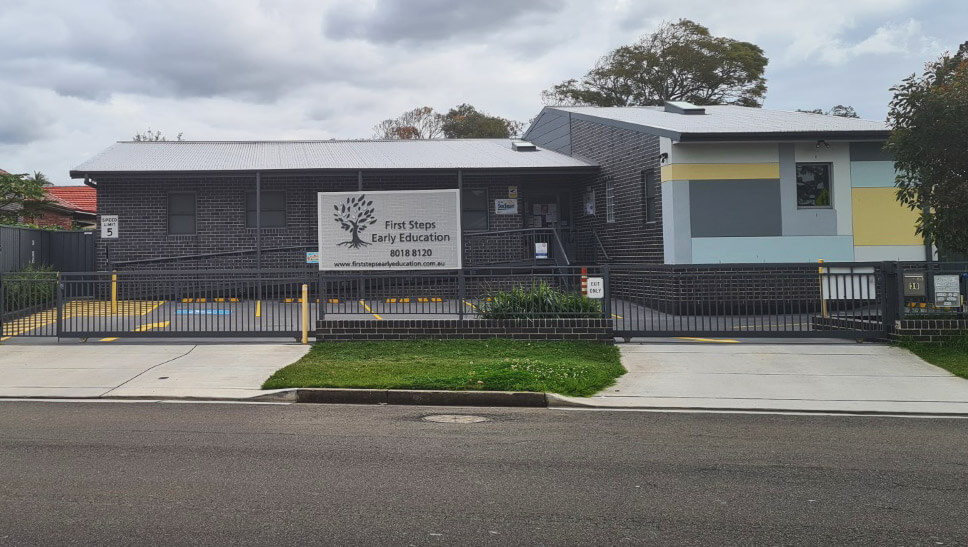
Crime-wise, Beverly Hills is pretty safe overall statistically, particularly compared with some of its neighbours a couple of suburbs over.
It benefits by having a “buffer zone” of suburbs between it and some others with far higher crime stats; the majority of issues it has are largely isolated to random occurrences on the King Georges Road strip.
Overall it clocks in with a 0.08% crime rate per capita which positions it above-average across Sydney suburbs when it comes to safety.
“Beverly Hills definitely punches above its weight in terms of food and drink relative to both its size and population.”
In terms of property prices, as with much of the rest of inner Sydney the cost of housing has shot up since the onset of the Covid-19 pandemic, with Beverly Hills being no exception.
Due to its propensity towards low-density housing, the cost of entry to the Beverly Hills property market is pretty high, especially given at the lower end of the detached housing market you’ll likely be looking at what is a pretty old and non-flashy red brick of weatherboard home.
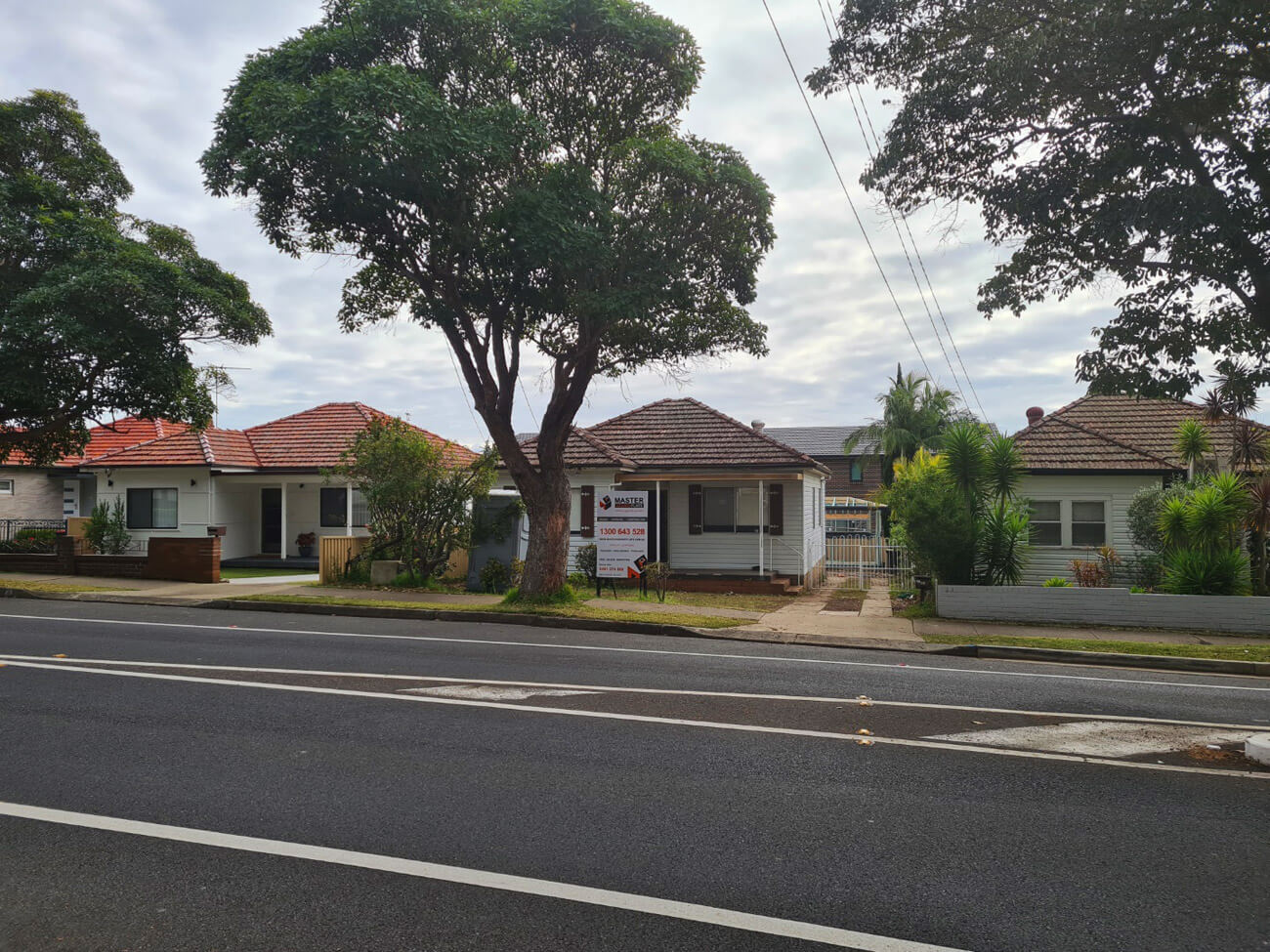
The good thing is that most of them are rock-solid, and many have been renovated; the bad news is you’re likely looking at around $1.2 million as a baseline entry price, with that figure scaling far higher in some cases depending on the size of the block.
Even some of its limited supply of villas and townhouses have been fetching over the $1 million mark in recent times, although the $850,000 – $900,000 mark is more commonplace.
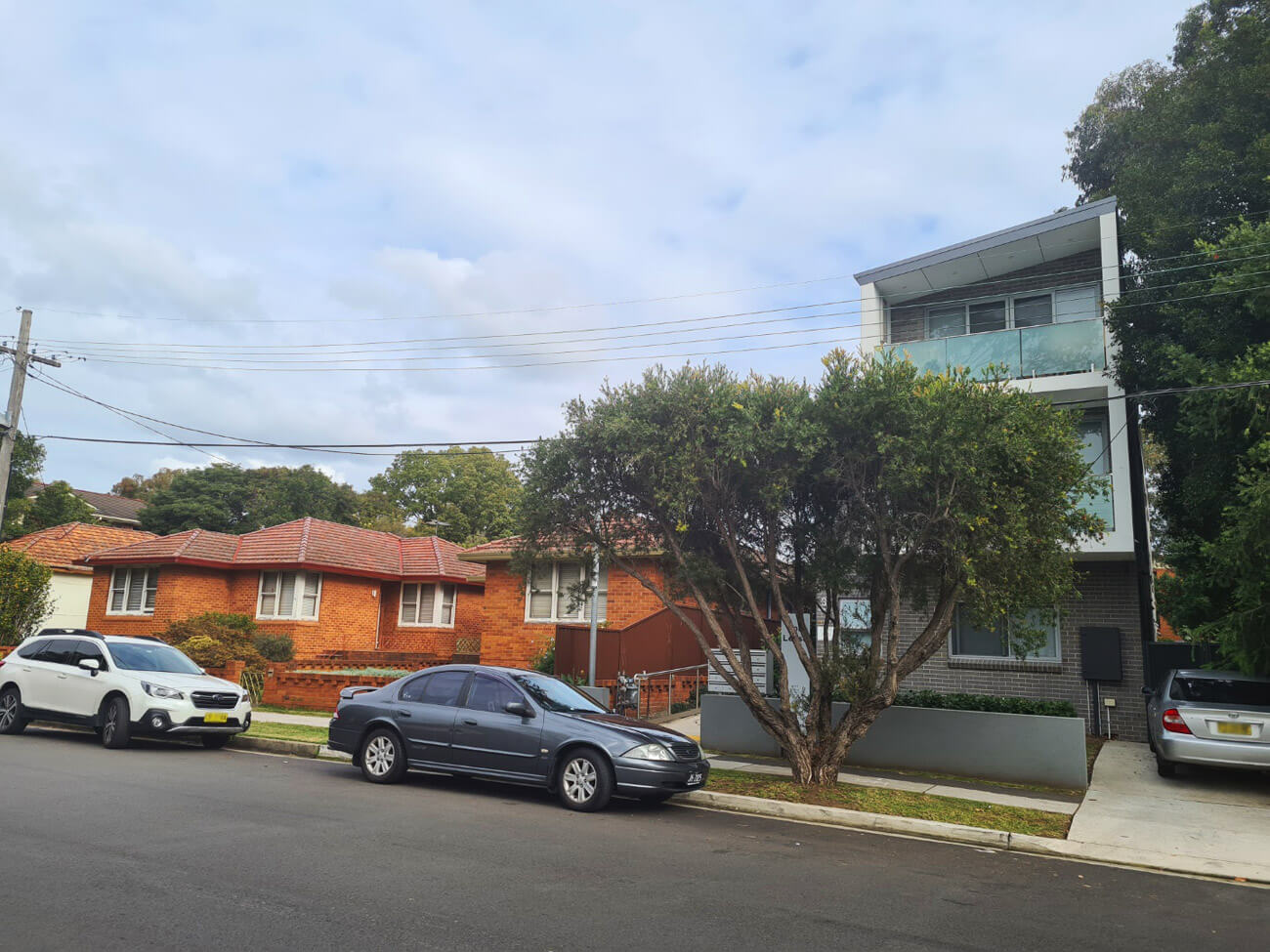
Its apartment scene is obviously far more forgiving, with around $600,000 – $650,000 able to snag yourself a middle of the pack 2-bedder in a solidly-built block established a few decades ago.
The Verdict
Overall, Beverly Hills ranks as a solid, mid-tier inner Sydney suburb with just enough of a nice little mix of amenities, character quirks and transport connections to place it above average – and score extra bonus points for families looking for a secondary-ring home to consider in particular. Its schooling options give it more of an inherent appeal to this family demographic than it would say, young professionals looking for entertainment, while it’s also safe and pleasant enough to cater to the older and retirees as well.
It’s cute in spots and boasts handfuls of quite pretty residential streets while also being in decent proximity to shopping and dining options than some of its competing suburbs can offer, and it’s greener than you’d think with a little park or reserve around seemingly every second corner.
Its downsides aren’t particularly unique to the suburb itself, and are more just common “general Sydney” problems that it happens to suffer from; traffic congestion and noise, and high prices for what you get in return are not necessarily any different to many suburbs in this slice of the city.
The layout of the suburb just makes it inherently exposed to more noise and traffic issues than some of its alternatives nearby which are only bordered by a major artery on one edge or corner, or not at all.
If you can score a home in one of its more protected streets, then add a couple of extra points onto the rating as it won’t affect your daily life as much other than in your bank account – and if it’s not an issue for you in the first place, then base yourself here and enjoy an easy train-based commute into the city for a couple of hundred grand less than just a few suburbs further east instead.





